ARGENTINA VS URUGUAY
About a year ago, our good friends Serge & Melinda made me an offer we couldn’t refuse: a two week trip to Uruguay for a Flores family reunion, that would include a few bonus days in Buenos Aires as well. After much debate and procrastination, we finally pulled it off, spending the last two weeks of April 2010 far below the equator.
Serge was born in Uruguay and moved to Australia as an adolescent. He still has family in Montevideo, and he also has some professional colleagues in Buenos Aires. I try to never pass up an opportunity to been chaperoned around a foreign land by a local. It’s an experience no amount of travel guides can deliver. This was no exception.
BUENOS AIRES
We arrived early on Saturday morning, leaving New York City amidst a torrential rainstorm of biblical proportions. Buenos Aires was sunny, 80 degrees, and gorgeous. A good omen, I concluded.
It felt much more like Paris than it did a South American city like Caracas or D.F. I’ve been telling people it was like Bogota without the kidnapping meets Rome without the pickpockets.
The park near the Recoleta Cemetary was filled with young and old soaking up the waning days of summer.
Architecture in BA is phenomenal. Lots of shiny marble belle epoque, mixed with some funky 60s modern here and there. Beautifully ornate detailing wherever you turned your head.
BA is famous for it’s stencil graffiti. There was brilliant stuff on almost every city block.
Serge rented us a 2 bedroom duplex in Palermo for peanuts. Thankfully there are still a smattering of locales on the globe where the US dollar is not completely worthless. It was tastefully modern, and even had a nice sunny roof-deck.
The Calatrava bridge at the waterfront.
I spent Monday afternoon digging for vinyl. I was hoping for a repeat of Caracas two years ago, where I found an extra suitcase full of classic disco and Fania-era salsa for pennies.
I was not nearly as lucky in BA. There were plenty of record stores, but their black American music was pretty mainstream. I did pick up a few joints. This Geraldine Hunt LP. Giorgio Moroder’s “E=MC2″. The best find by far was a pristine copy of Alice Coltrane’s “Journey In Satchidananda”, perhaps one of the most beautiful records ever recorded, and one I’ve been searching for for the last 6 years. That was just laying there on some guy’s flea market table for $15. The prices were no where near as nice as Caracas, as even the flea market guy with 12 random records had seemingly been checking Ebay before pricing his vinyl.
There was a decent supply of Jazz records, but I wasn’t really checking for them. Other than that, I saw an inordinate amount of Boney M and countless copies of a particularly mediocre Claudja Barry record. Go figure.
I like taking pictures of kids when they just get out of school. One day I will get arrested for this, I’m sure.
Also, people at bus stops. One day I will get beat up for this, I’m sure.
BA at night is an endless series of dimly lit apartment building lobbies. They’re all so moody and sparse. Most are occupied by a lone doorman in a suit, idling away the wee small hours of the morning. I would really like go go back there and just do a photo essay on these lonely doormen in their stylish lobbies and their tinted glass fishbowl existence.
Sidewalk to driveway to lobby are often one seamless unbroken surface of nice stonework. It creates an odd indoor space/outdoor space fluidity that you don’t really get in American cities.
Steak is a religion in this part of the world. It is cooked slowly over wood coals, in a very particular manner, on a sloping grill called a parilla (sounds like “pareesha” – because they pronounce their Ys and double LLs with an “SH” sound down there. Go figure).
The meat is amazing, albeit a bit chewy and well-done by U.S. standards. Medium-well is standard, so you might want to ask them to make it rare. Wash it down with a local Malbec and it’s all good. We ate incredible steak dinners almost every night – four people, with wine, for about $120 or less. Bananas.
Inside of one of BA’s happening hot spots, Isabel. I had just discovered the long exposure setting on my new camera.
The amazing Recoleta Cemetario – at the end of the day when the light was at its most dramatic.
URUGUAY
View from the lighthouse in Colonia del Sacremento, Uruguay. We took a ferry from Argentina, which you can actually see parked at the dock towards the horizon in this picture. It took a little over an hour to cross the Rio de la Plata, the giant, muddy estuary of the Paraña and Uruguay rivers. It is immensely wide, so it really does look like and feel like you’re on the ocean (except for the muddy color, that is).
Two nights earlier, while we were out having drinks in Buenos Aires, a friend of Sergio’s told us about this amazing 100-year-old winery in the Uruguayan countryside with only two rooms for a maximum of four guests. Her description of the place was very convincing. She promised us we wouldn’t regret staying there. We took her word for it and changed our plans, booking it immediately. Lucky for us, it was low season and the rooms were available. We rented a car in Colonia and headed straight there.
The Narbona winery turned out to be just about the quaintest place on earth, and most definitely one of the nicest places I have ever stayed (or probably ever will). The whole estate was chock full of beautiful antiques and relics of over a century in the wine business. Everywhere you turned your head you wanted to take a picture. It was hard to believe such a place really existed. To top it off, they had an excellent Italian restaurant on the property. We only stayed there for two nights. It was like Shangri-La, but with plenty of wine and melt-in-your-mouth pasta.
A few photos from the sleepy country town of Carmelo.
MONTEVIDEO
After the Narbona winery, we drove to Montevideo, the Uruguayan capital, to meet up with Serge’s parents and extended family.
Montevideo is somewhat similar to Buenos Aires in look and feel, except it is much smaller, a bit sleepier, and a lot more run down. There was a local election underway, and one of the big issues was cleaning up the face of the city. I do hope that happens, as it really could be as beautiful as it’s Argentinean counterpart across the water. There were a lot of these very tall, one-story buildings pictured below. Each had exquisite architectural details, though sadly, most were looking pretty shabby and in disrepair.
This was our hotel, The Plaza Fuerte, which was straight out of Paris – one of those grand old elevators in the middle of the staircase, and wonderful atrium skylights in the lobbies. The reggaeton club next door did keep us up every night, but the people-watching factor from the balcony kind of made it all worth it.
Montevideo too had its fair share of great street art.
Meat meat and more meat. I swear we ate steak almost every day for two weeks. This is a typical plate from one of these open grill joints, stacked with different cuts of steak, chorizo sausage, blood sausage, sweetbreads, and grilled red peppers. Wash it down with some Patricia beer and you’re a happy man.
We went to a great local bar called FunFun. It’s been a staple of tango singers for over 100 years. Two old men played accordion and guitar with amazing skill. Two tango singers took turns doing five-song sets with the band. The crowd sung along with every song, as all were tango standards. All heart-wrenching ballads, no doubt. I had a mad crush on the Señora, who was mesmerizing.
This is Serge’s father Ramon. He’s a real trip. He was a leftist guerilla in the 70s, serving time in prison for masterminding bank robberies and laying siege to govt radio stations. Persecution by the govt was one of the motivating factors for the family relocation to Australia after his release. Though he lives in Panama, he is now free to walk the streets of his home country, thanks in part to the fact that one of the leaders of his old guerilla faction, Jose Mujica, was sworn in as Uruguay’s president just this past March.
THE CHEVITO
The Uruguayan version of a cheeseburger is their famous chivito. A delicious monstrosity of steak, bacon, ham, boiled egg, mozzarella, lettuce, tomato, mayonnaise and pickled, roasted red peppers. We were on the hunt for the best chivito in Montevideo. This unassuming neighborhood dive bar on the outskirts of town proved to be the unanimous winner.
We went over to Serge’s step-brother’s house for a proper “asado”, the traditional Uruguayan barbeque. It was a six hour ordeal of steak and sausage and red wine and my embarrassingly weak conversational Spanglish, which consists of 50-some-odd words and me just saying things like “cuanto tiempo para la carne?”.
A fire was made in a metal basket from wood, pine cones, newspaper, lard, and some store-bought wood coals. Once enough coals are produced by the fire, they are raked over to burn beneath the sloped grill. The grill’s angle is adjustable, from about a 30 degree angle to flat.
That day we drank a local Tannat Merlot with the meat. The vinyard’s name is is a reference to the mysterious origin of the name of the capital itself. One theory is that it’s simply the Portuguese phrase “Monte vide eu” (“I see a mountain”). Another version has it as a misread map notation from a Galacian sailor fond of Roman numerals – “Monte VI de Esta a Oeste” (“the sixth mountain from east to west”). Never mind that there’s not even ONE mountain in sight in this whole freakin’ country.
THE NORTHEAST COAST
After four days in Montevideo we hit the road again, heading for the hippy fishing village of Cabo Polonio. The Uruguayan countryside reminded me a bit of a greener version of Australia. Low, rolling fields littered with sheep, cows, and countless eucalyptus trees. Eucalyptus was introduced to the country in 1896 by the writer and botanist Antonio Lussich.
CABO POLONIO
You can’t really drive all the way to Cabo Polonio. At a certain point, you have to park your car just off of the highway and book passage on one of these big four wheel drive trucks. They ferry people back and forth over the 5 miles of dunes that separate Cabo Polonio from the rest of civilization.
Cabo Polonio is a really funky little village – perched on this barren, windswept, moon-sliver of a point that juts out in to the Atlantic ocean. It was founded by some Spanish sailors who shipwrecked there in 1735. These days it’s populated mostly by sea lions barking from the rocks offshore and a small tribe of dirty hippies who seem to have dropped out of the modern world altogether. Nobody actually owns property. They’re all squatters who built their makeshift shacks with whatever materials they managed to drag over the dunes. The houses are basic beach shacks of wood or stucco, some no bigger than a bed and dresser. There is no electricity and no running water. People make do with generators and small windmills. Water comes from small wells and rain collectors. The locals survive selling basic necessities, or by setting up driftwood stands and hawking shells, beads, and other hippy crap to the tourists who make the trek out there.
We found accommodations at one of the few posadas in the village. It was located right on the rocks at the water’s edge. It was basically just an overpriced youth hostel with your own pitch dark bathroom. We didn’t even have a toilet seat. Nobody changed the sheets or cleaned our towels. There was electricity from 9-11 so you could re-charge your gadgets, which seemed to be kind of big deal for Cabo Polinio. That said, none of us really minded. It was wonderfully quiet and the perfect place to relax and do some reading.
My vacation reading assignment. I had been eager to read the recently released “Lost Books of the Odyssey“, the first novel from Zachary Mason, a computer scientist specializing in artificial intelligence. However, I didn’t really think I could do so without first going back and re-reading the original. After finishing the Odyssey, It took a bit of re-calibrating to get in to the Lost Books. They’re abstract and dreamy and moody and hard to really put your finger on. Yet once you submerge yourself, and kind of get inside the author’s head, it really gets under your skin.
After 3 nights in Cabo Polonio, we headed north again, towards Punta Del Diablo. Along the way we stopped in Rocha for some supplies. I think all of us really regret not buying this gigantic fluorescent tiger beach towel.
PUNTA DEL DIABLO
The house we rented in Punta Del Diablo. A great place hidden away in the dunes at the southern end of the beach.
Ciao Uruguay.

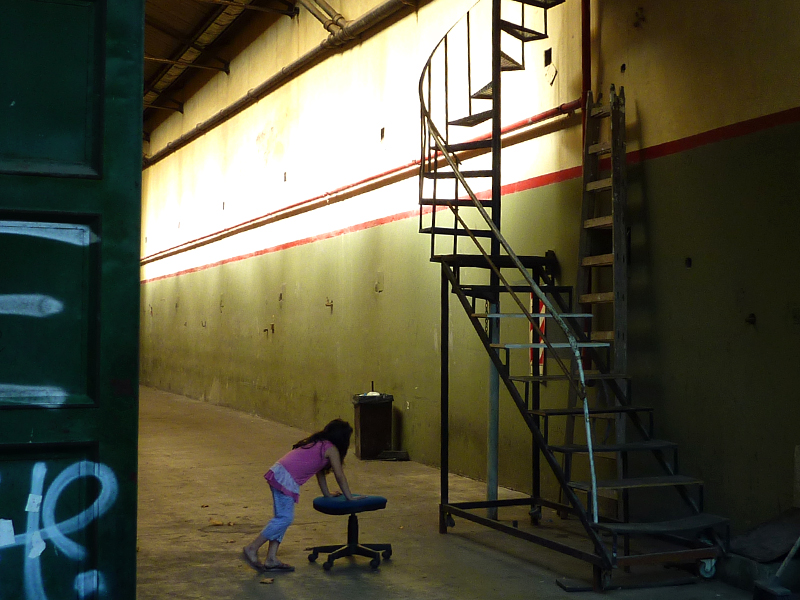
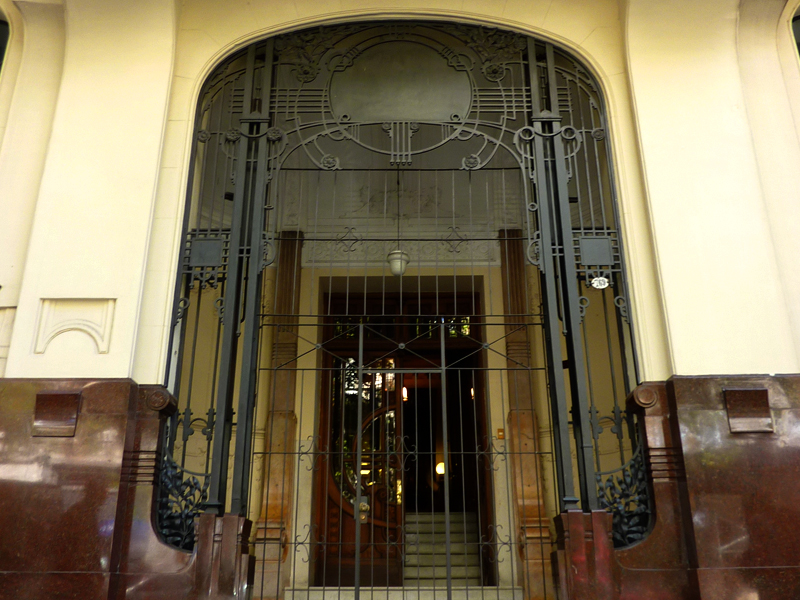
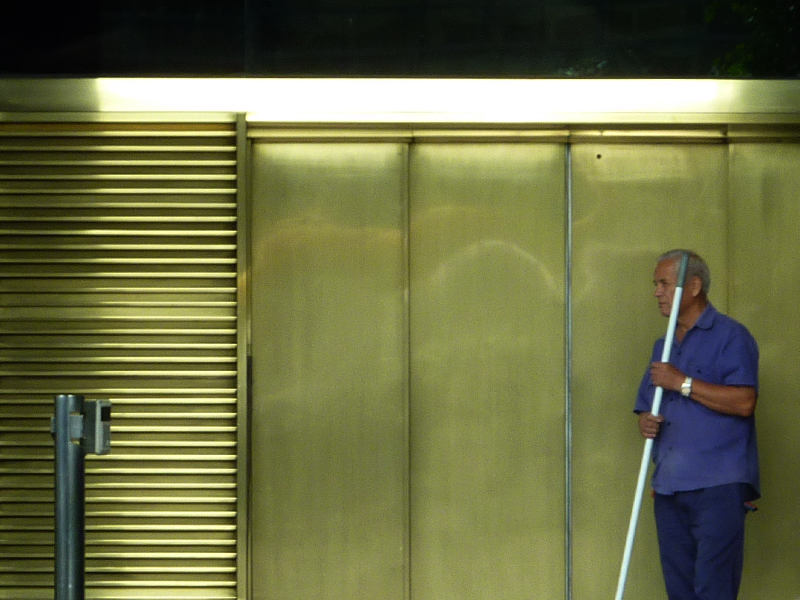
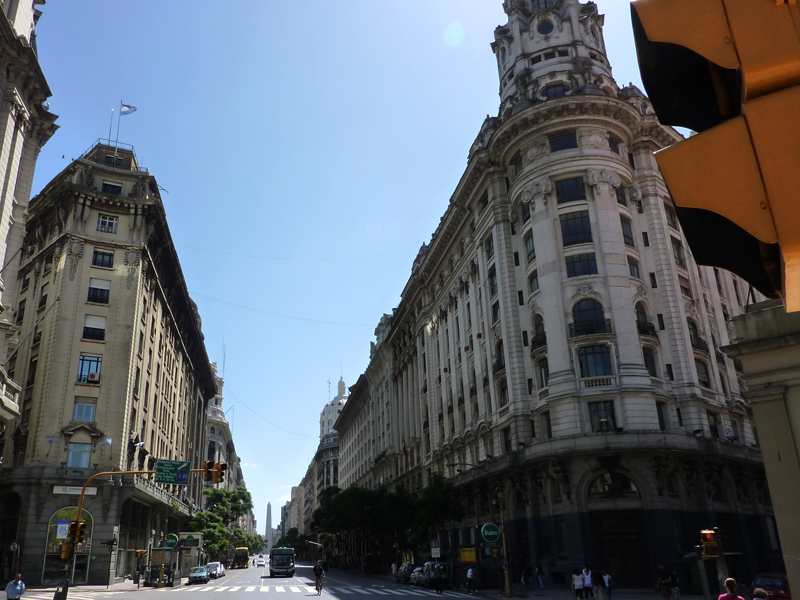
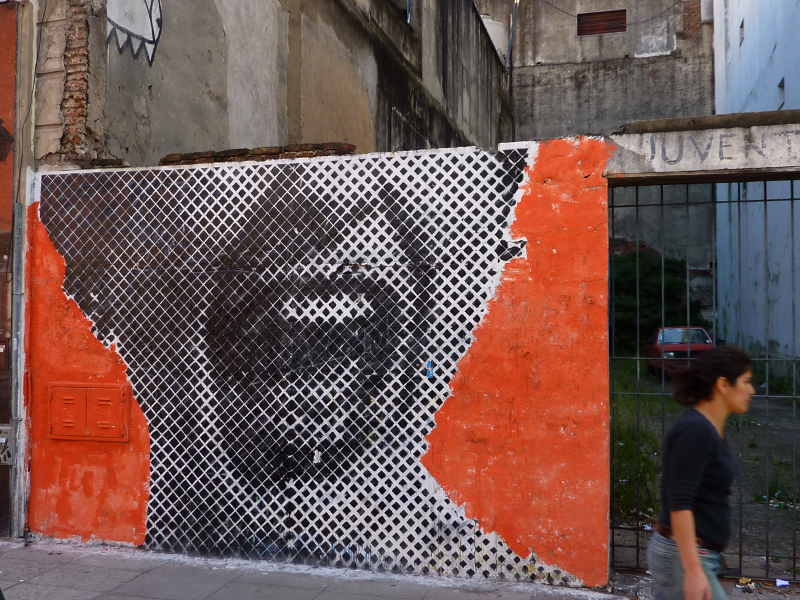
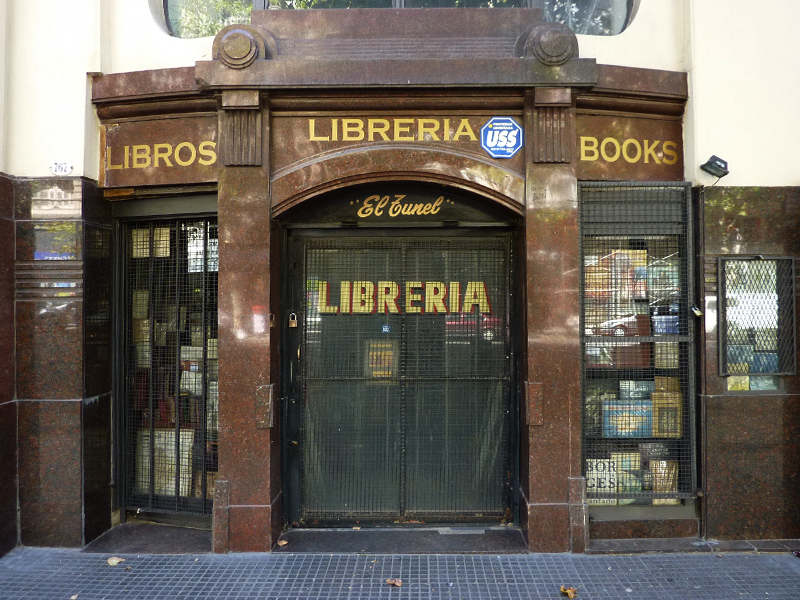
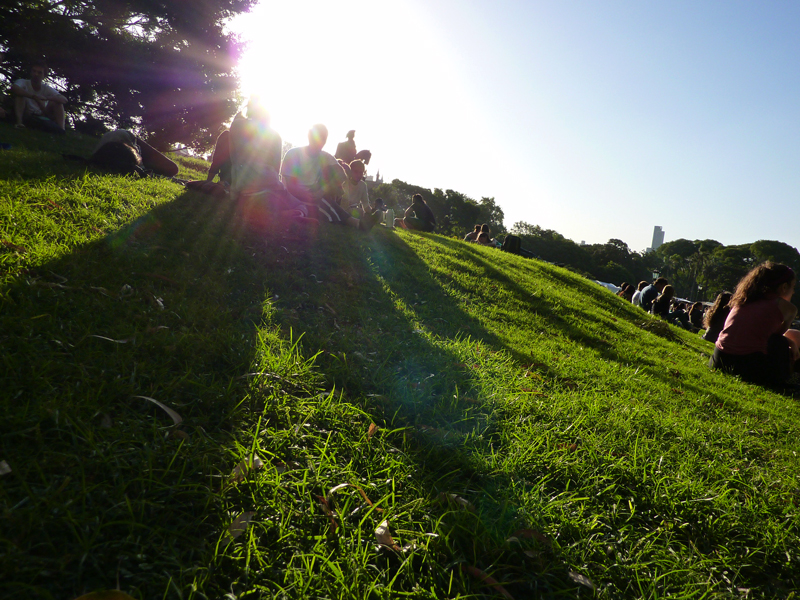


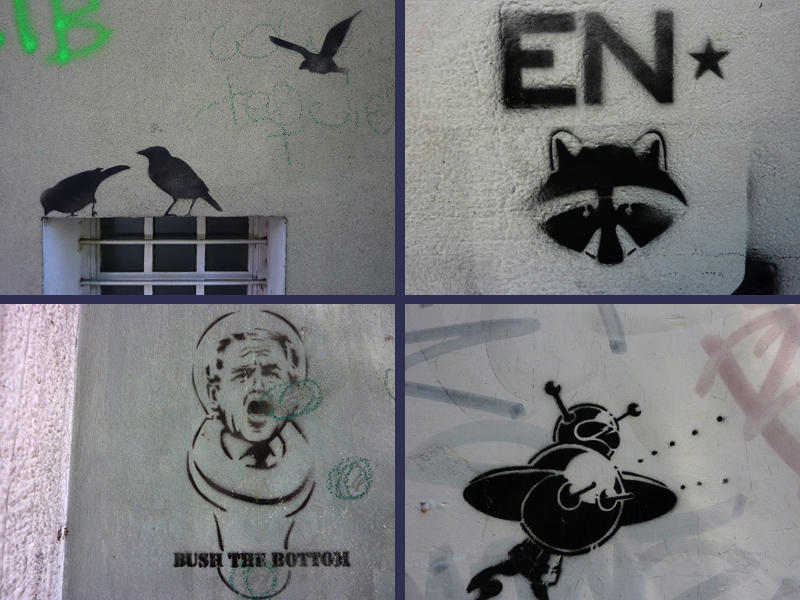

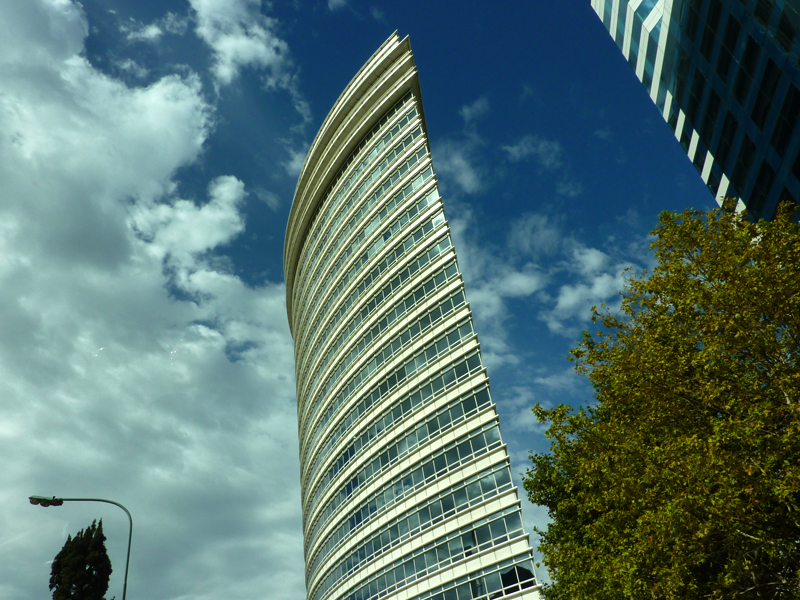
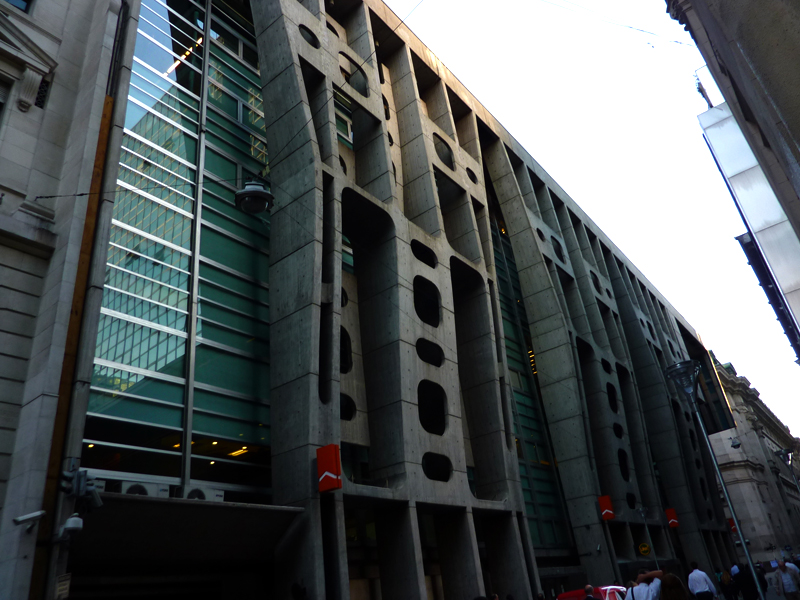

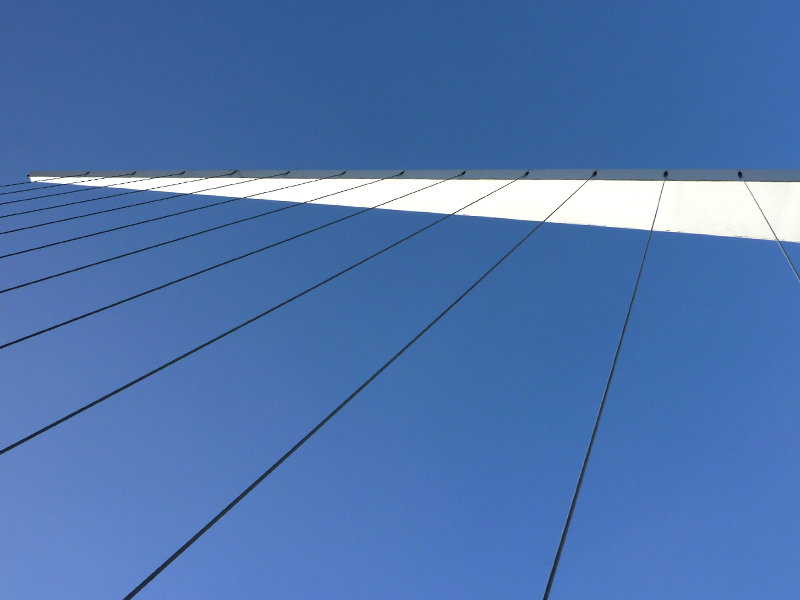
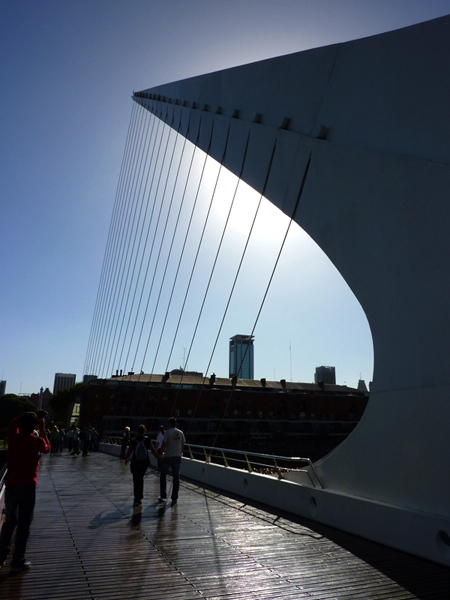
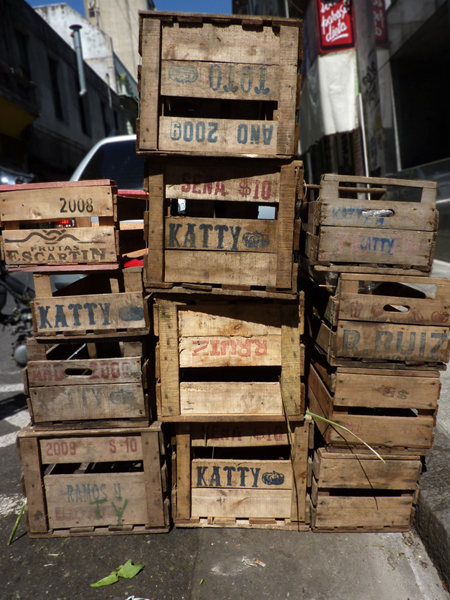

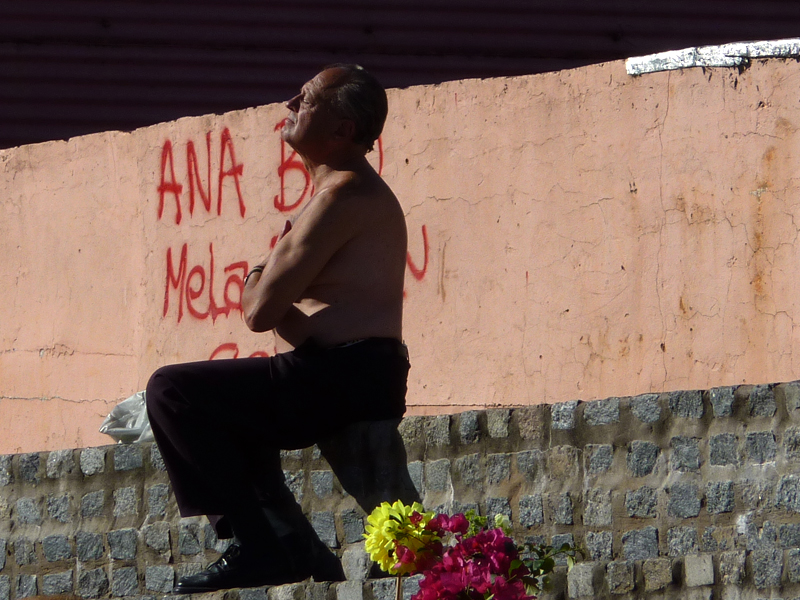
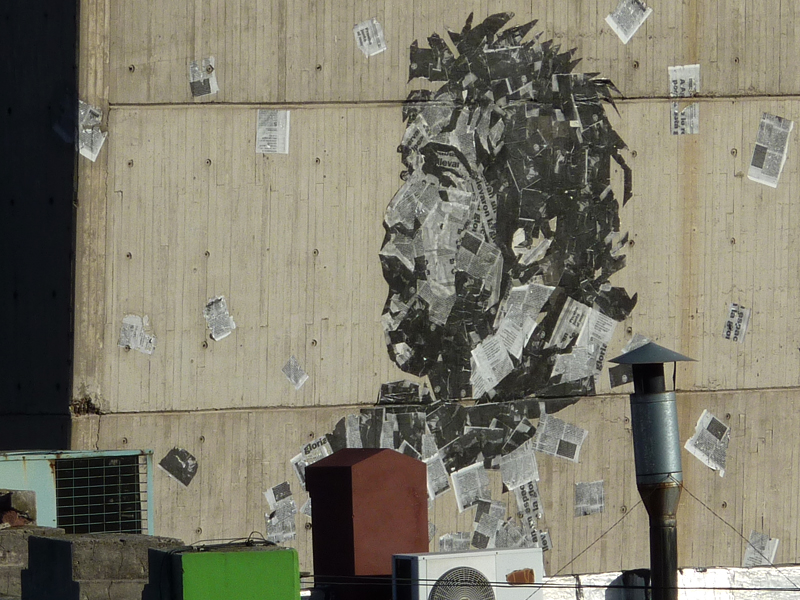

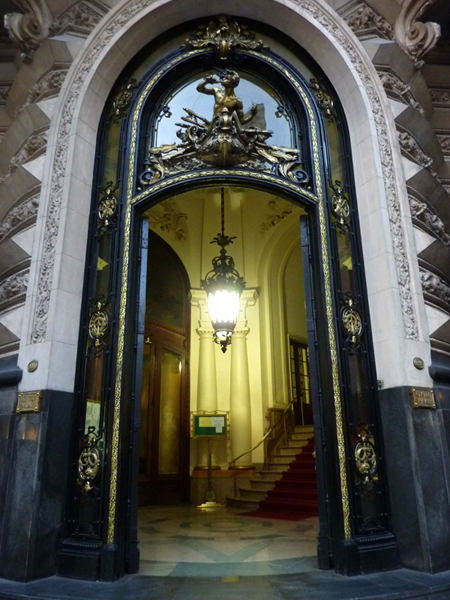

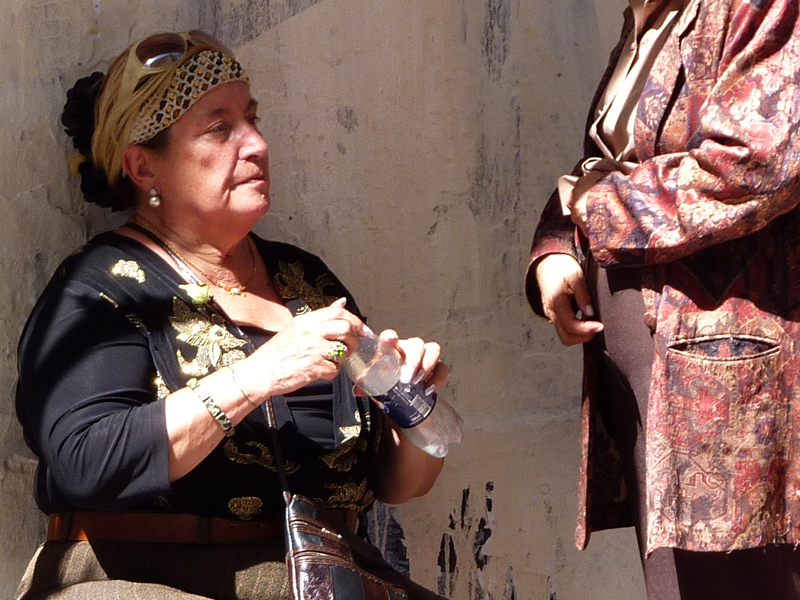
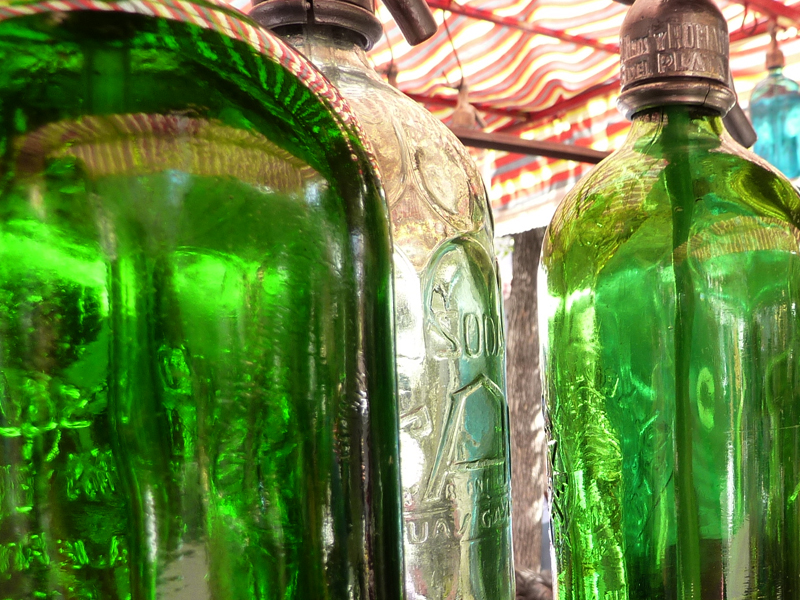
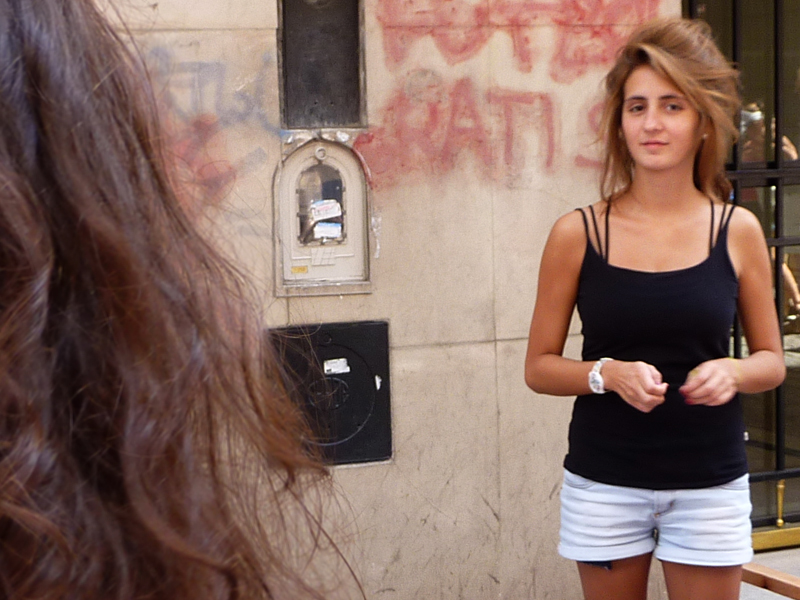
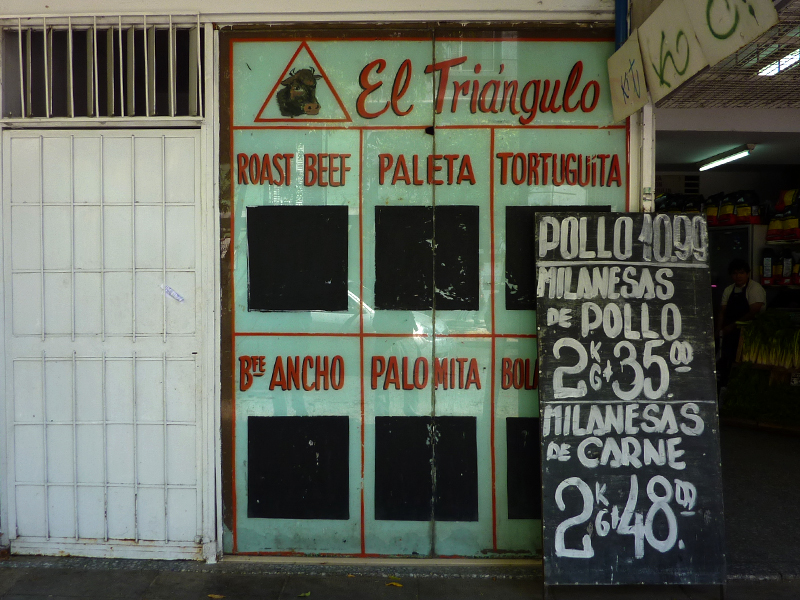
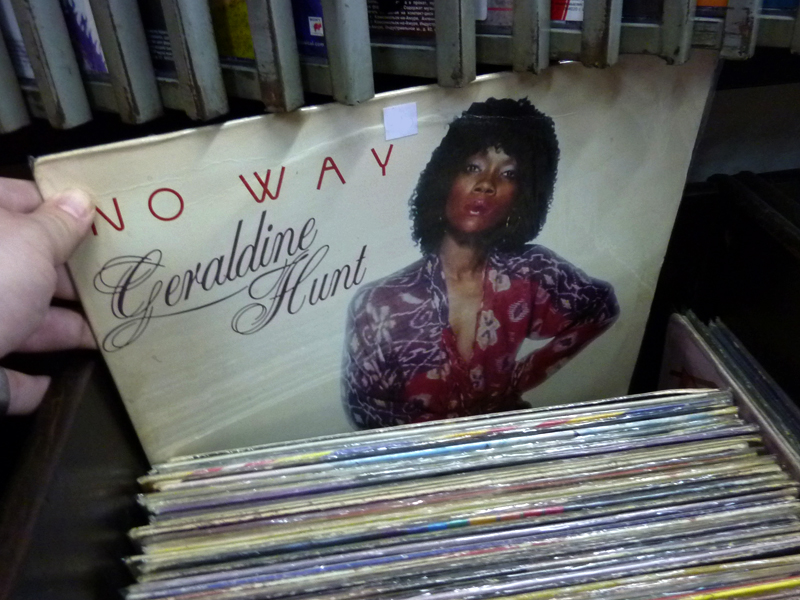
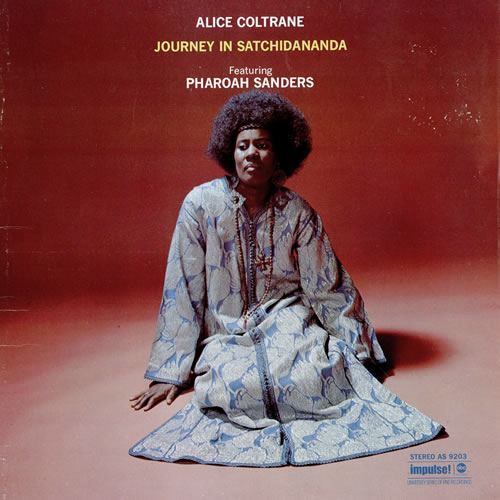
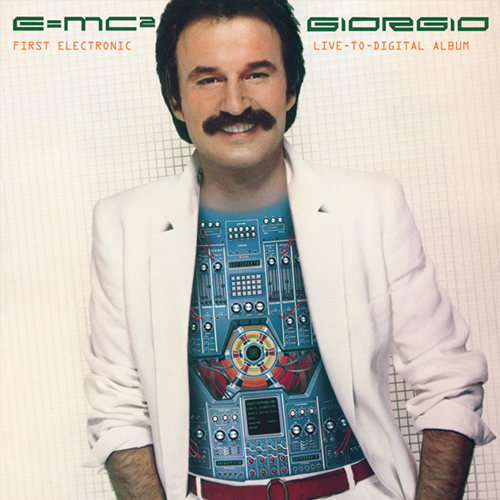
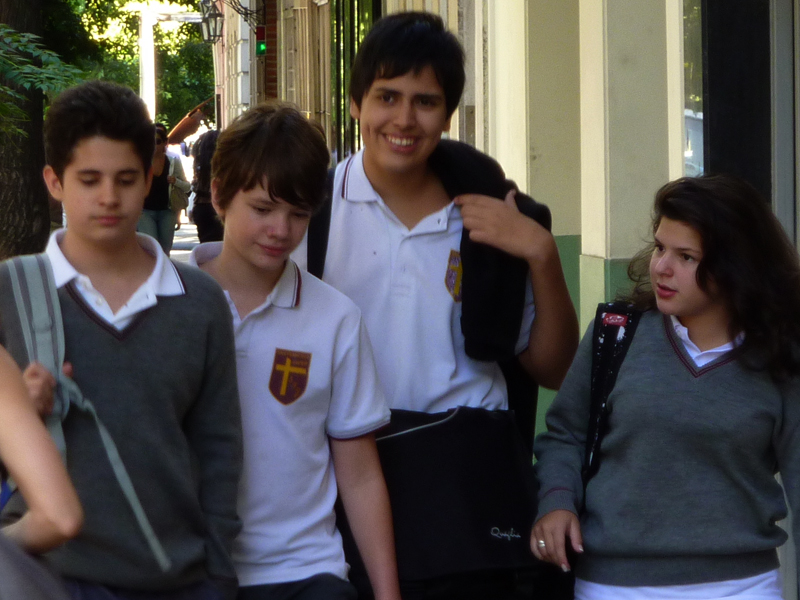
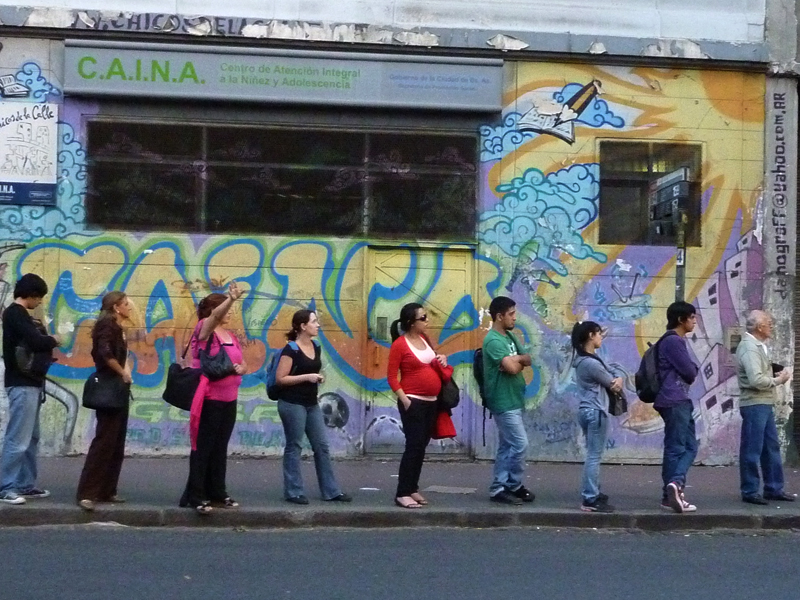
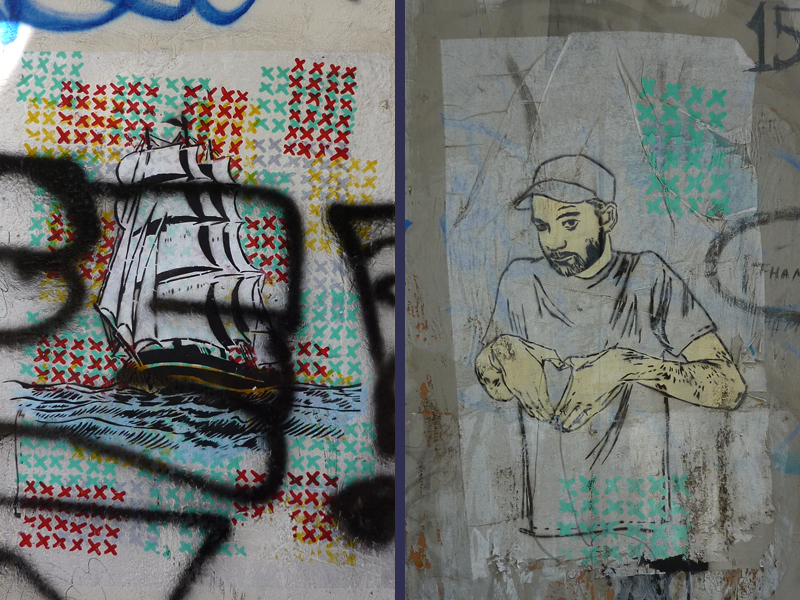
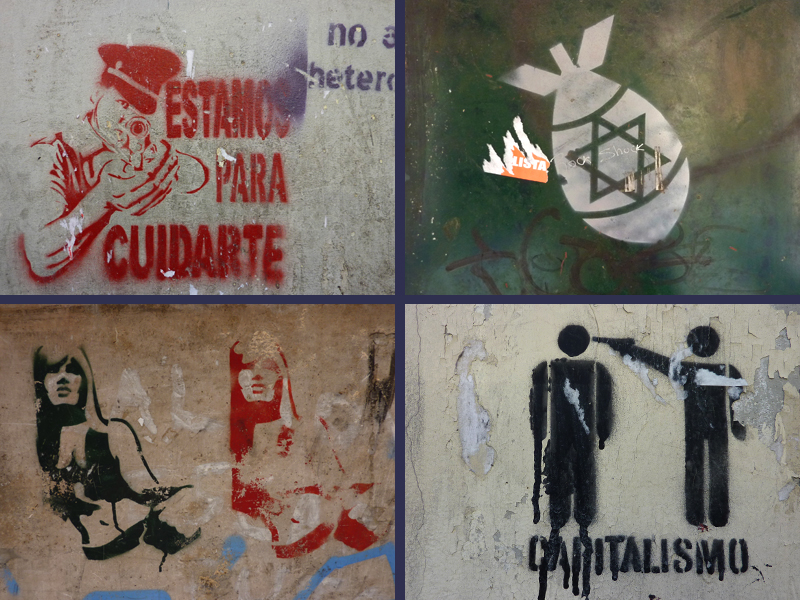
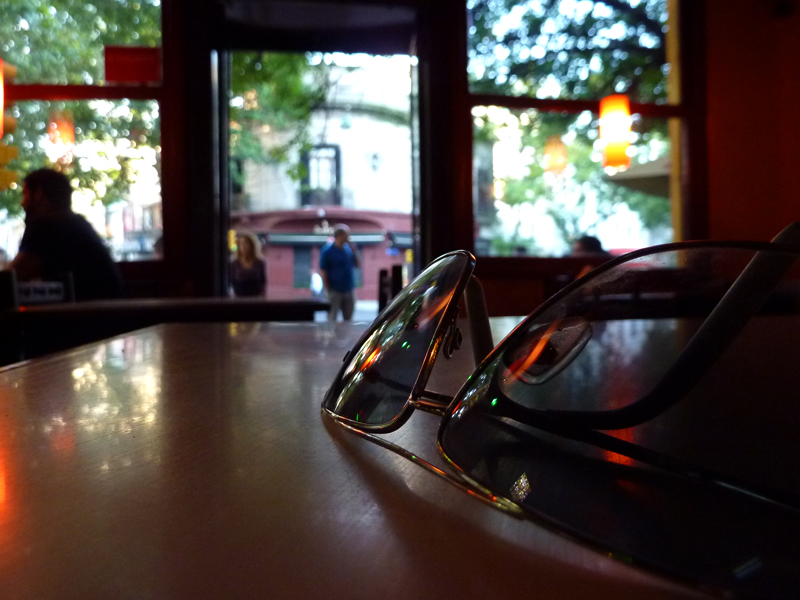
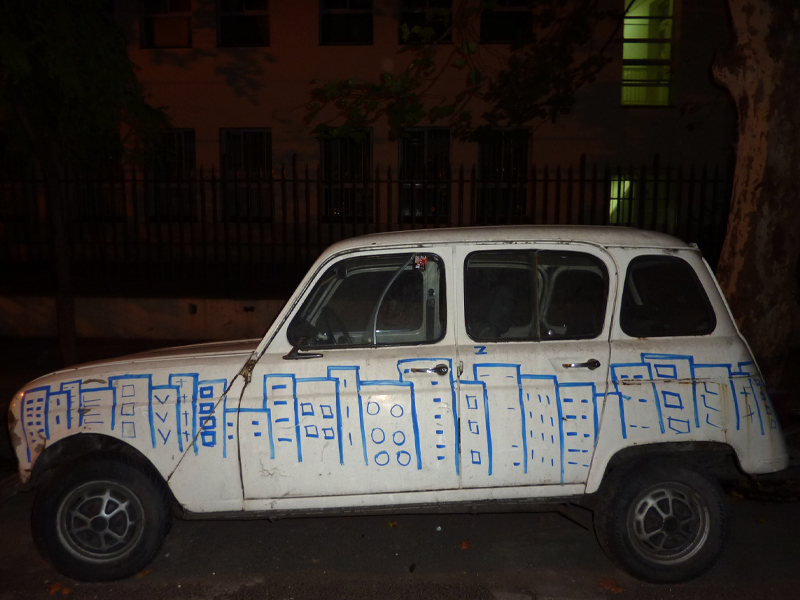

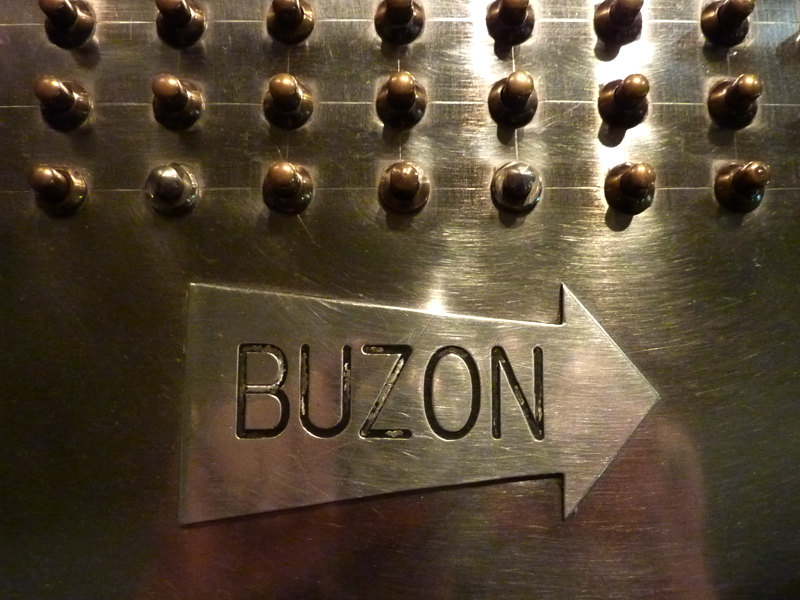
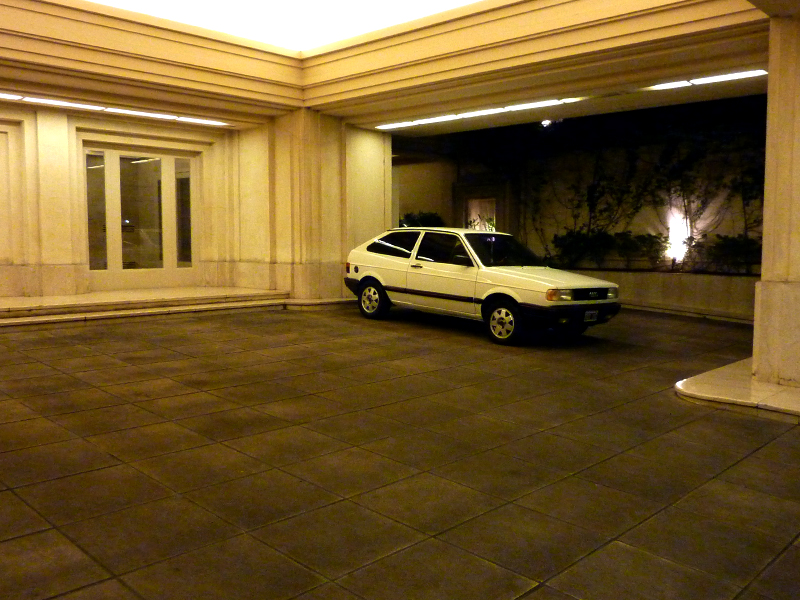
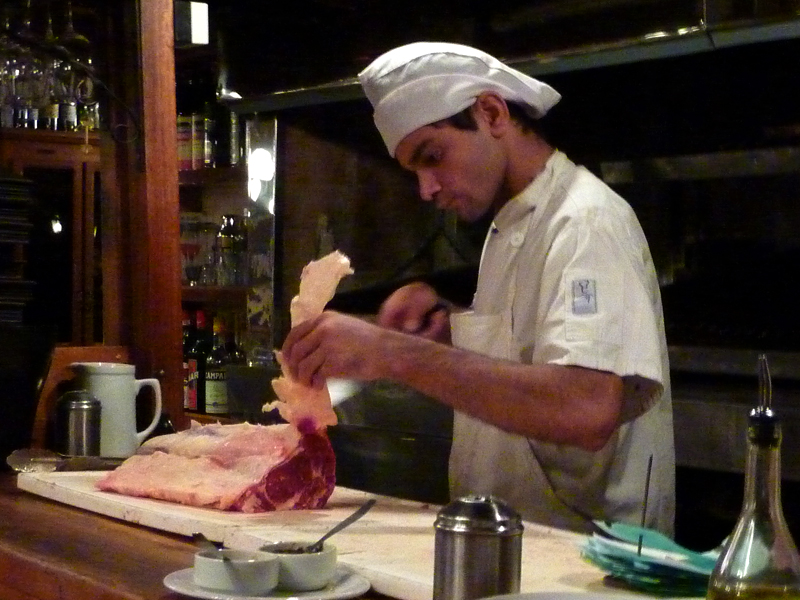
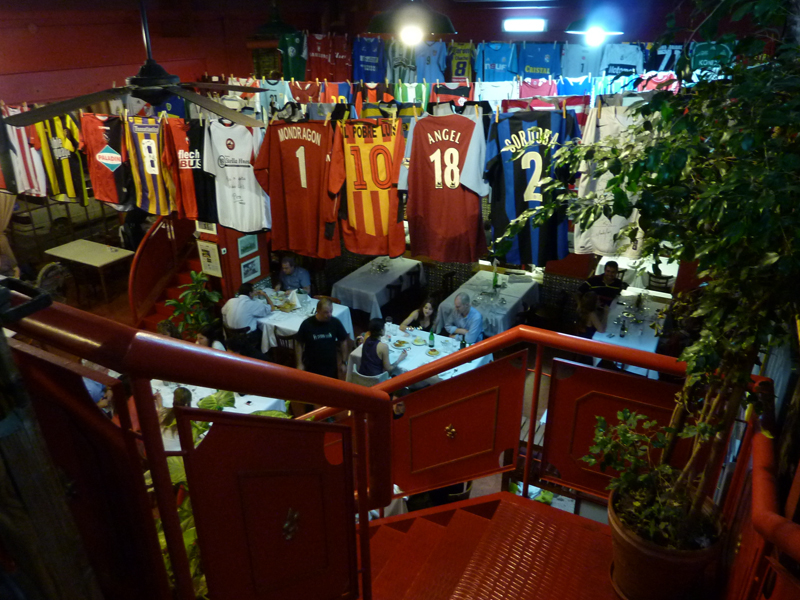
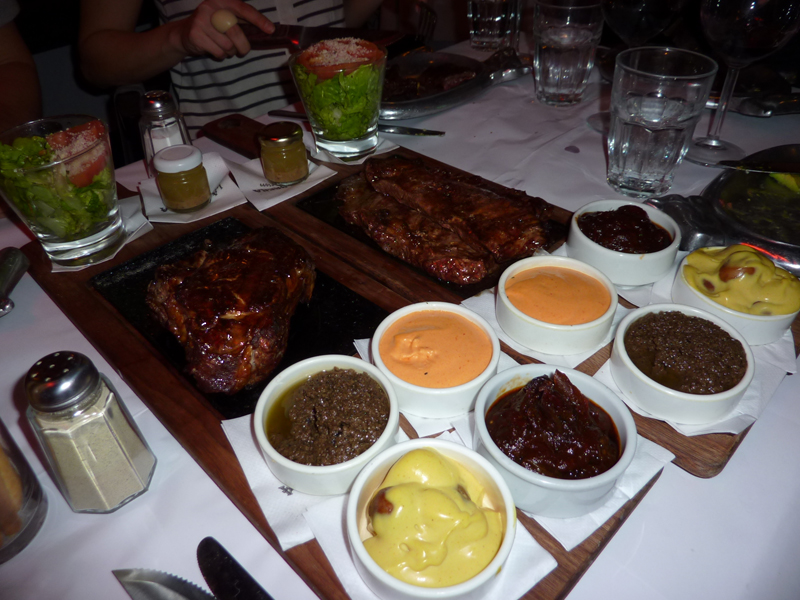
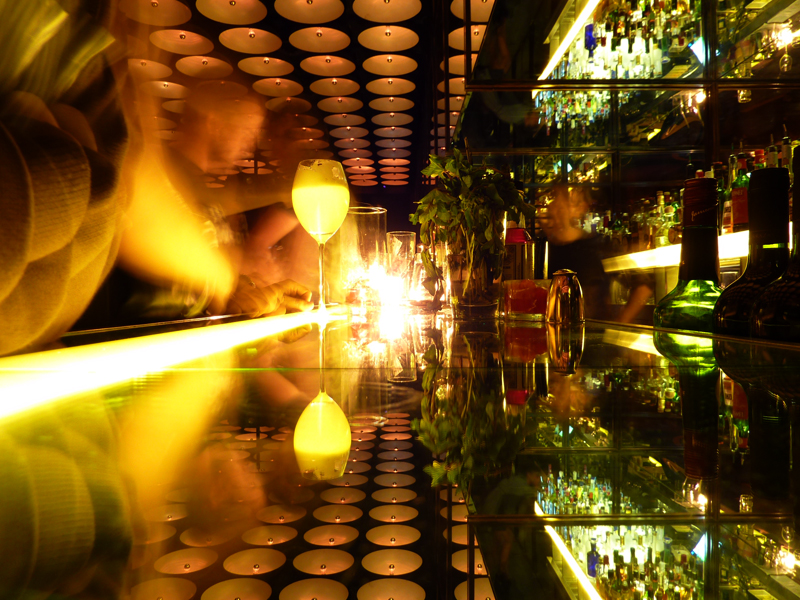
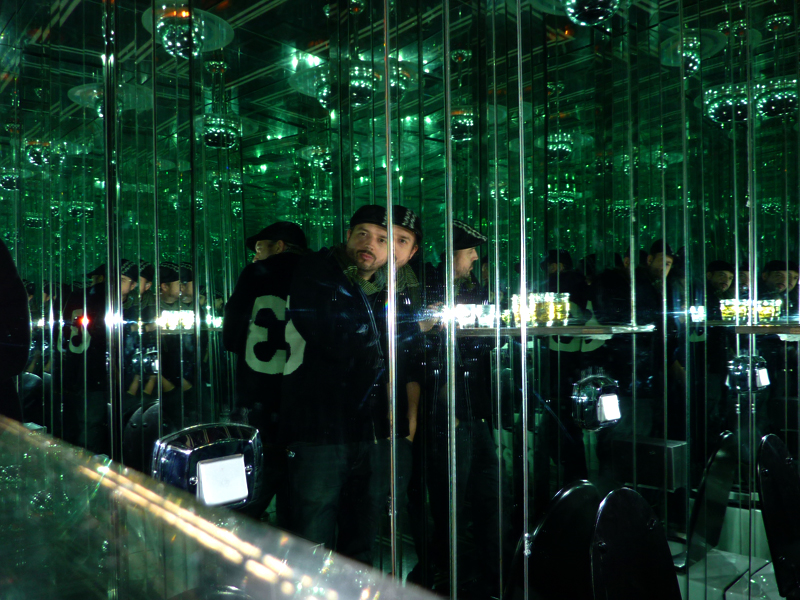
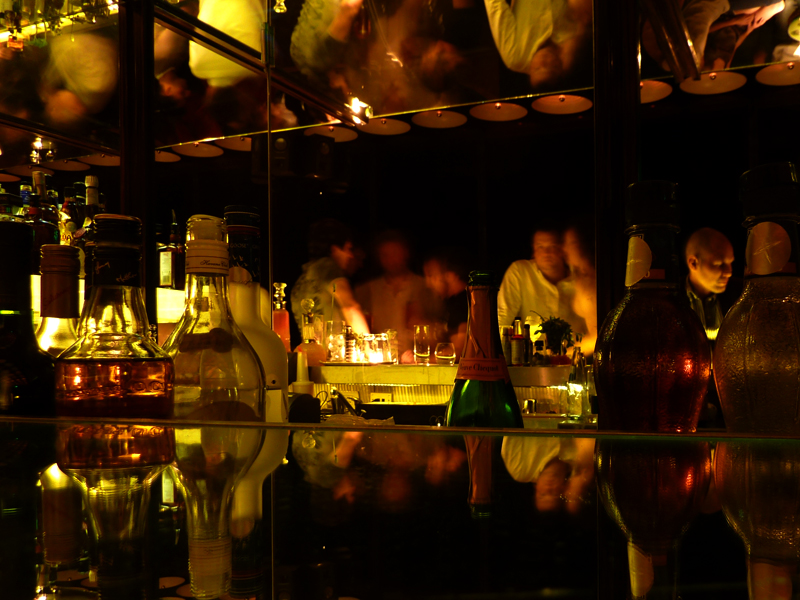
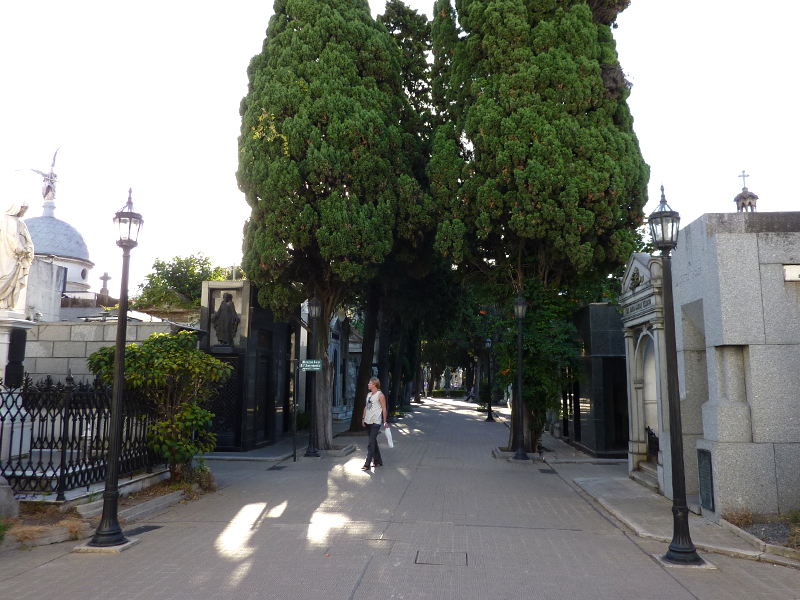
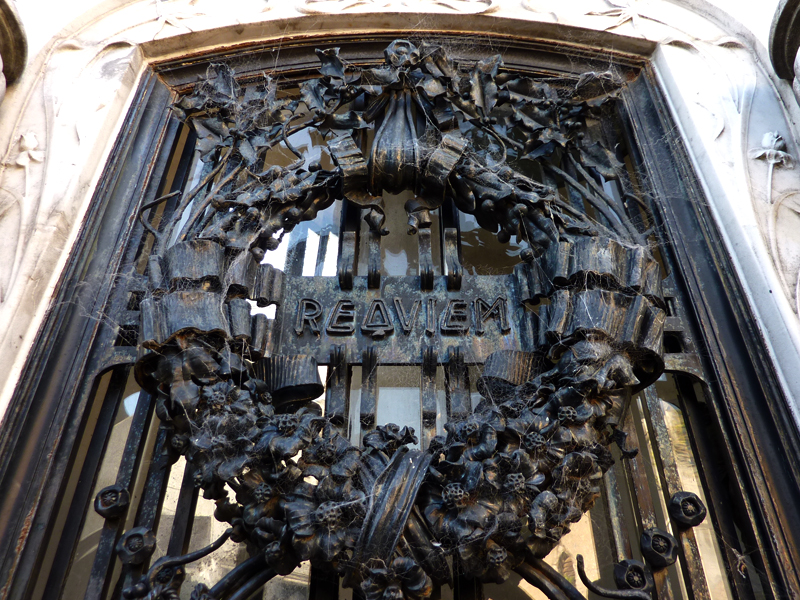
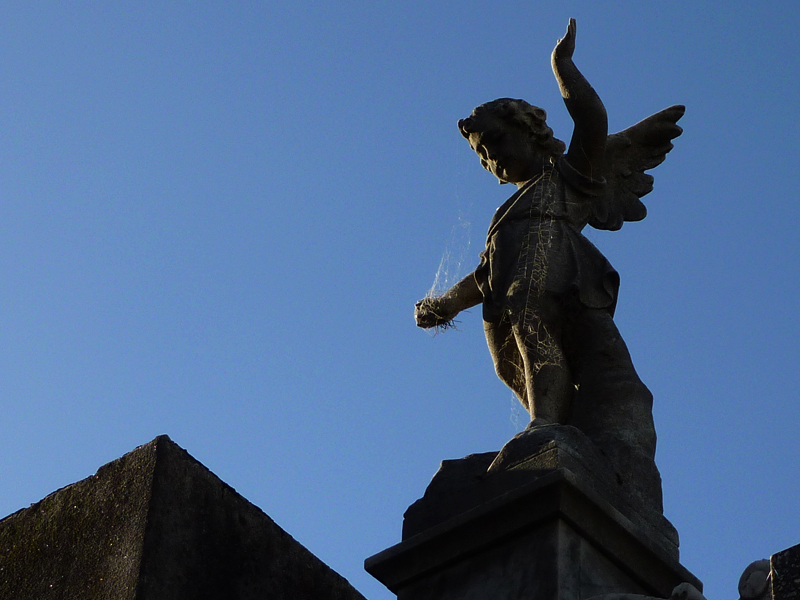

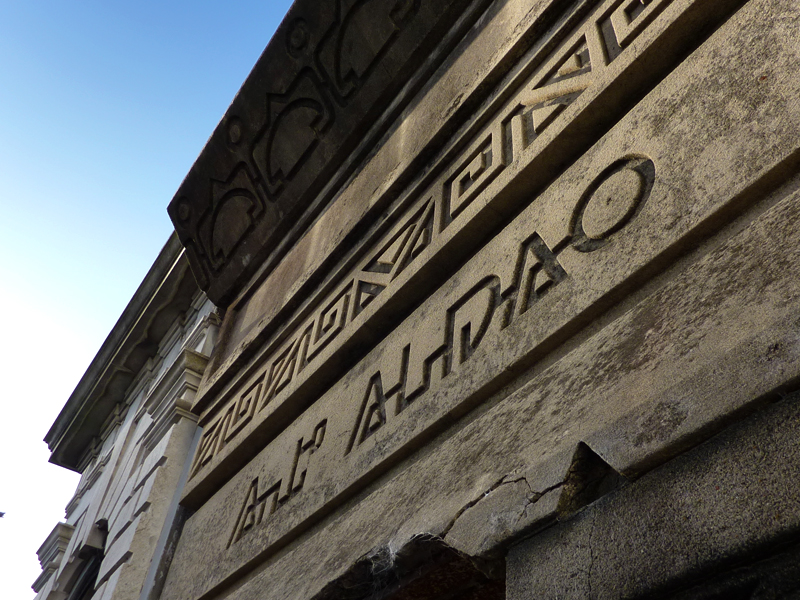
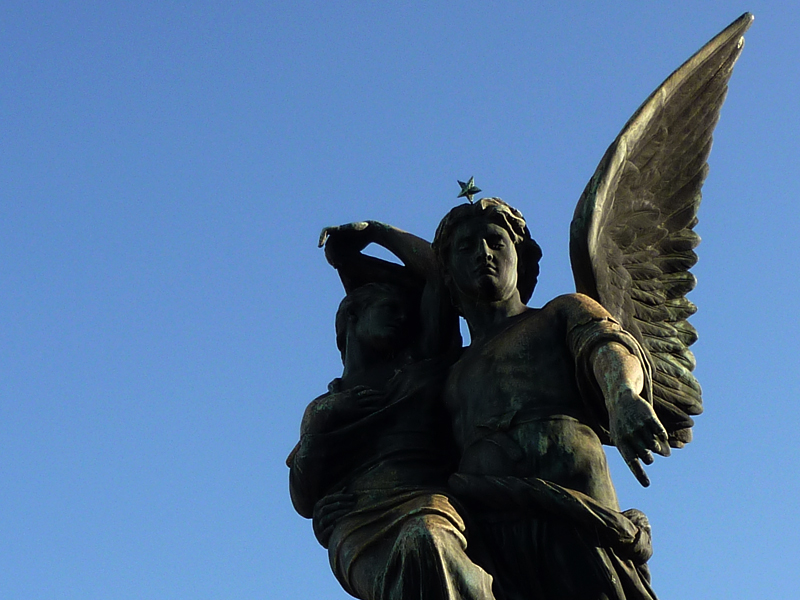
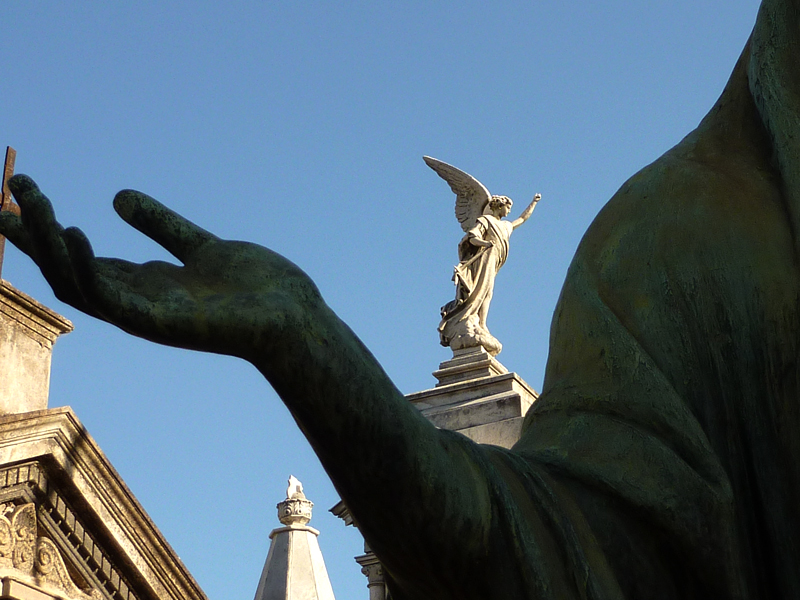
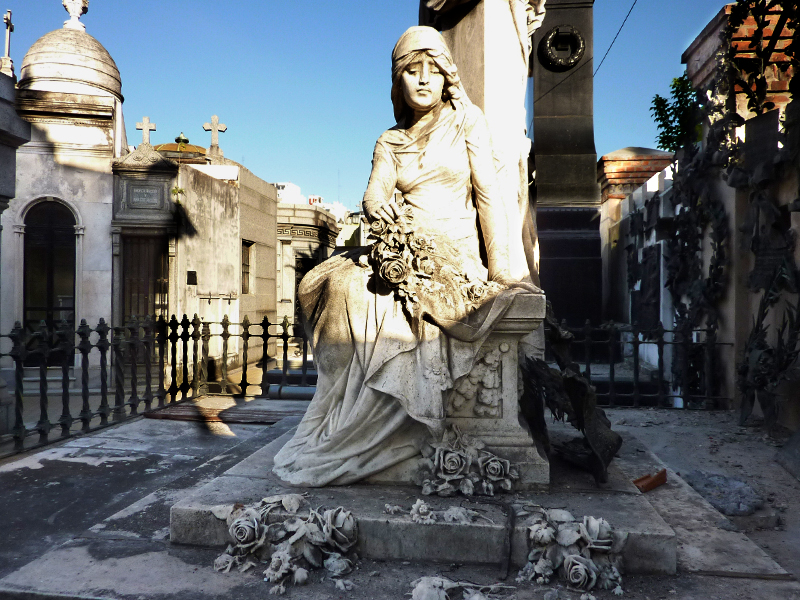
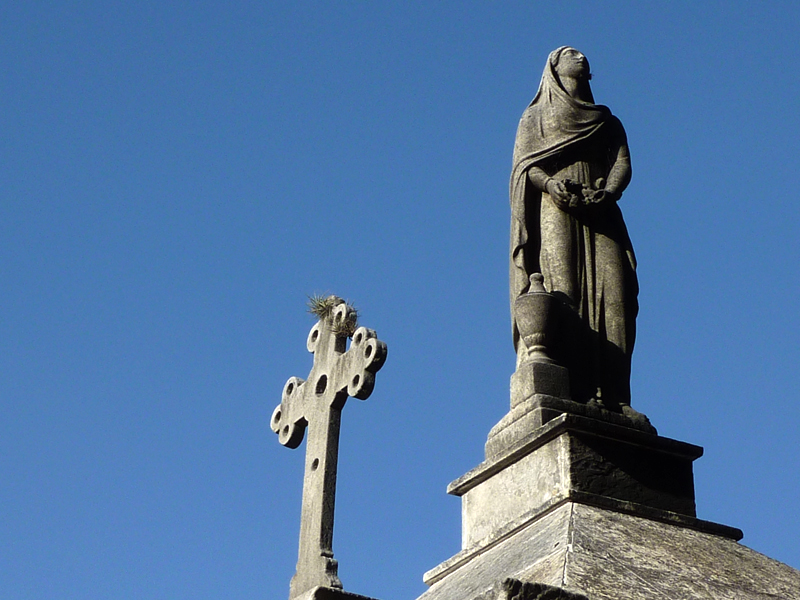
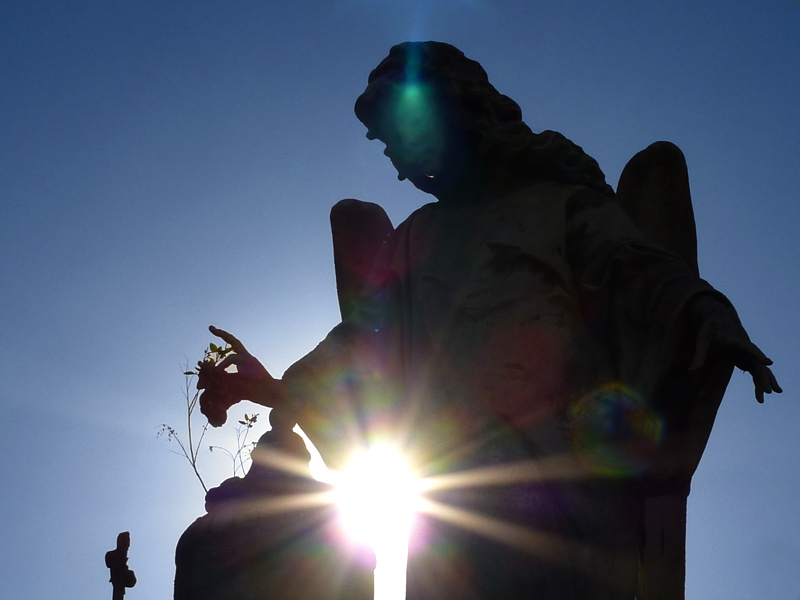
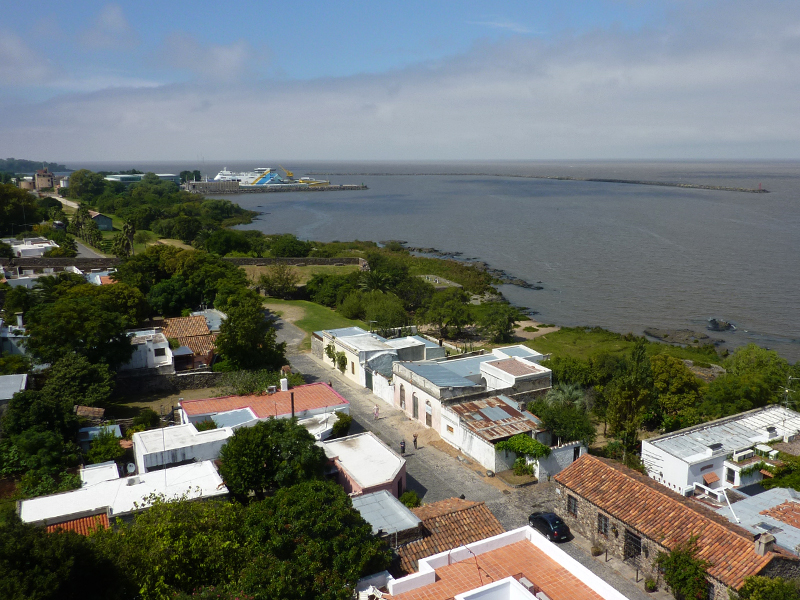
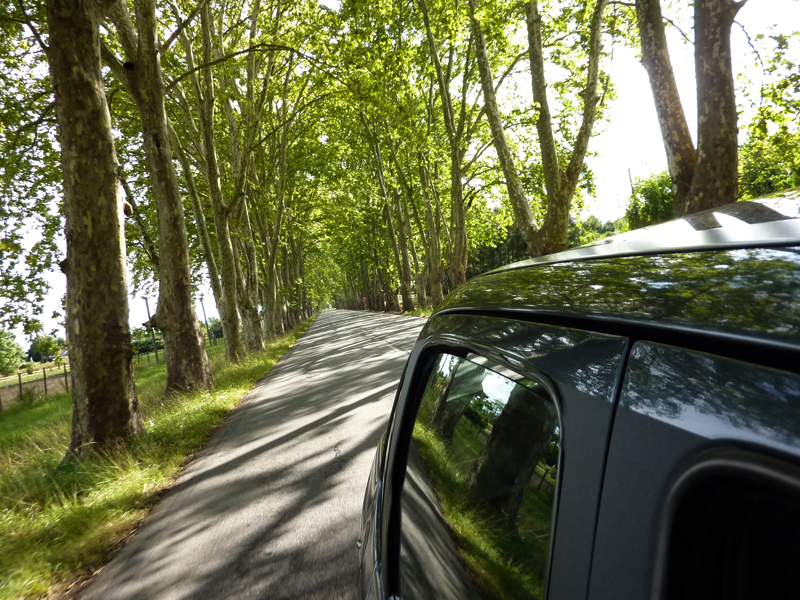
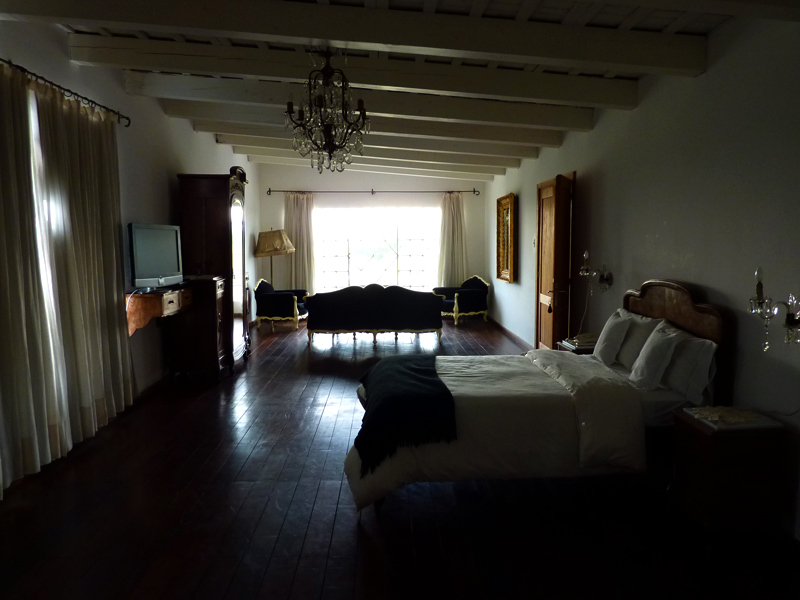


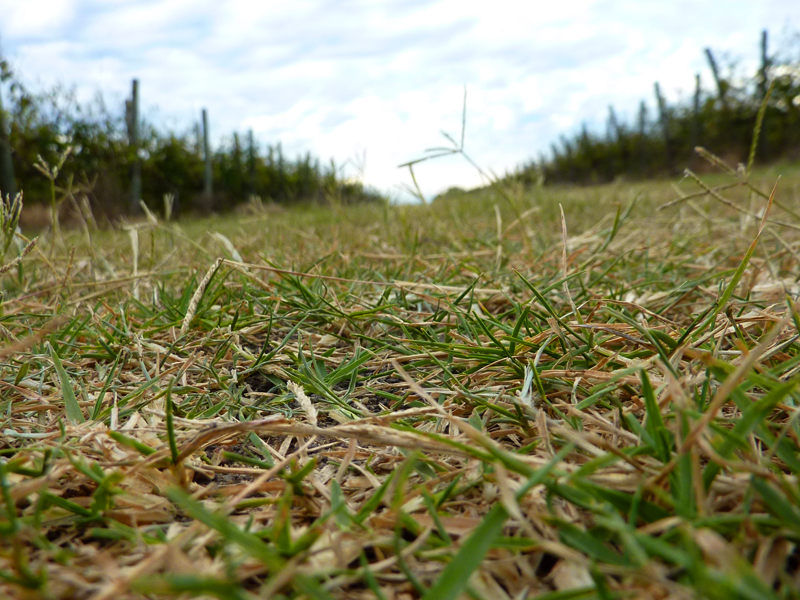
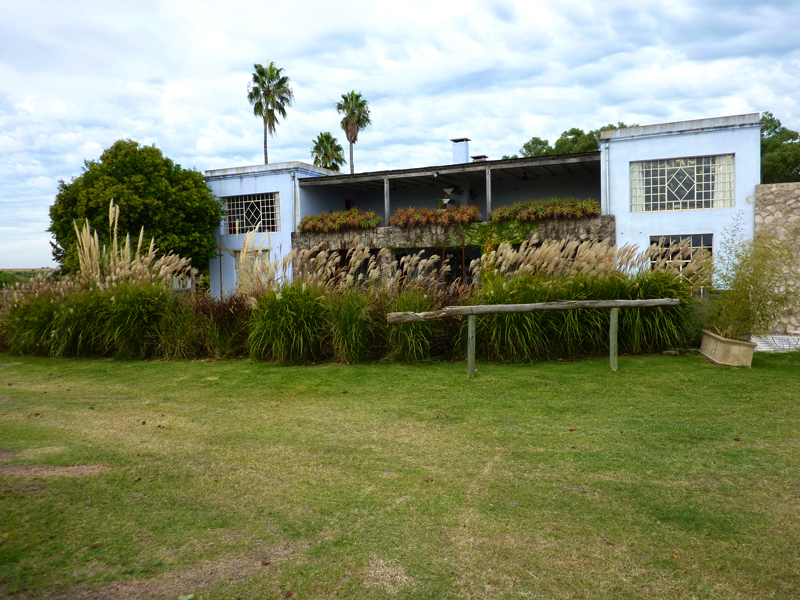
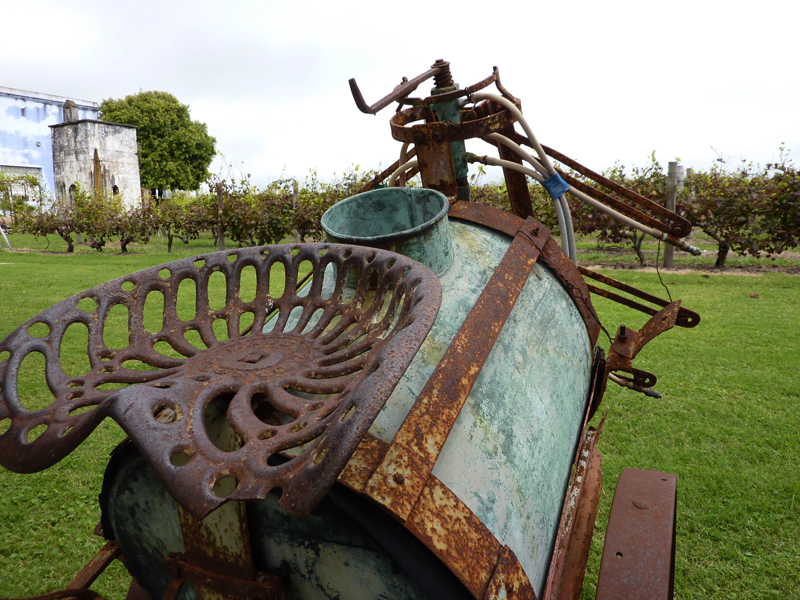
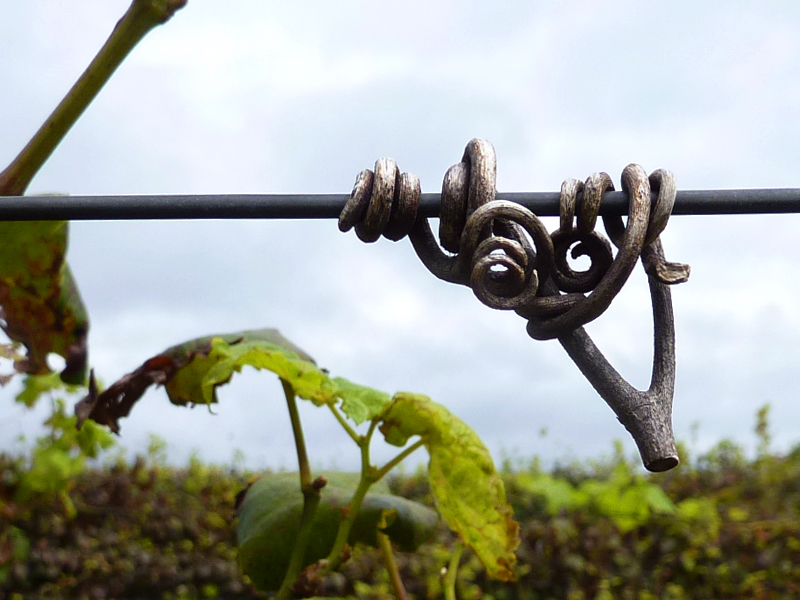
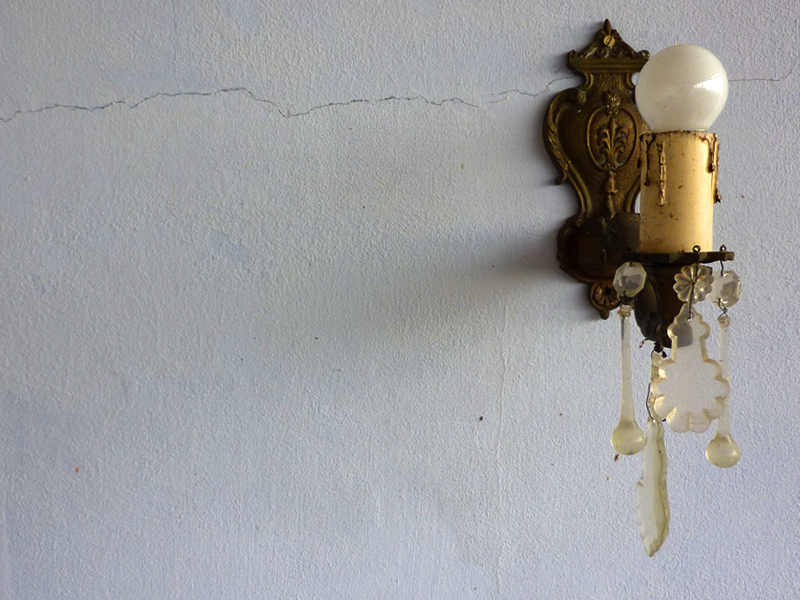
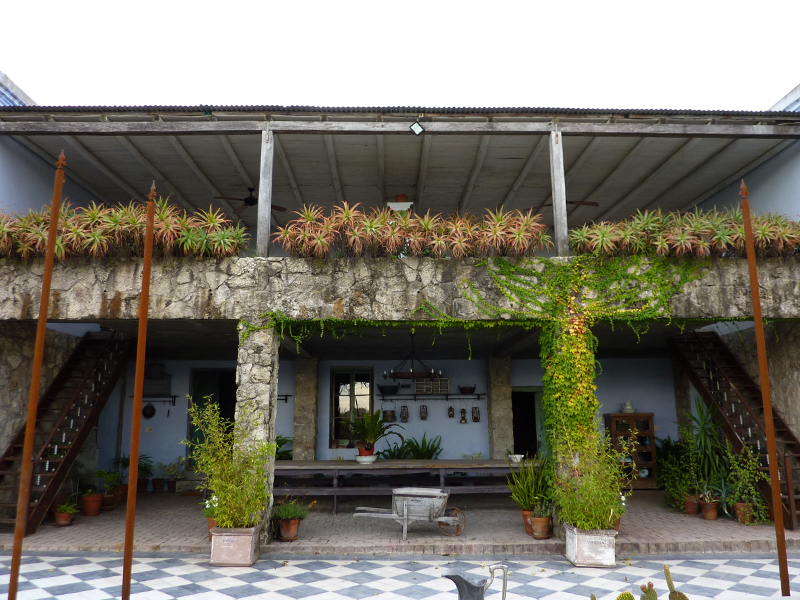
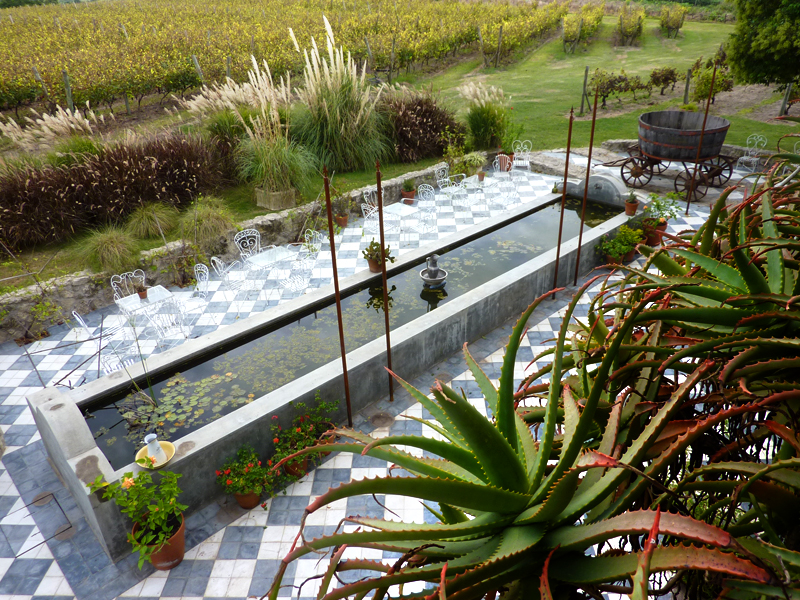

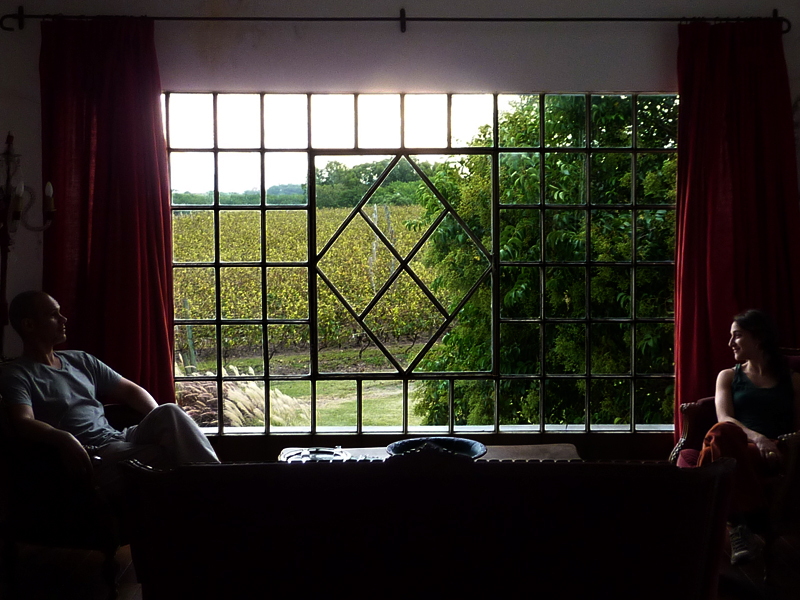
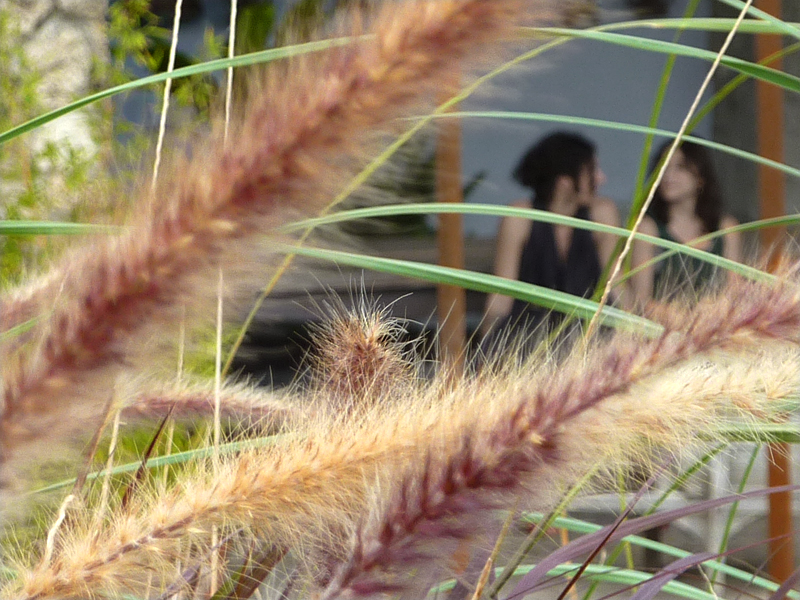
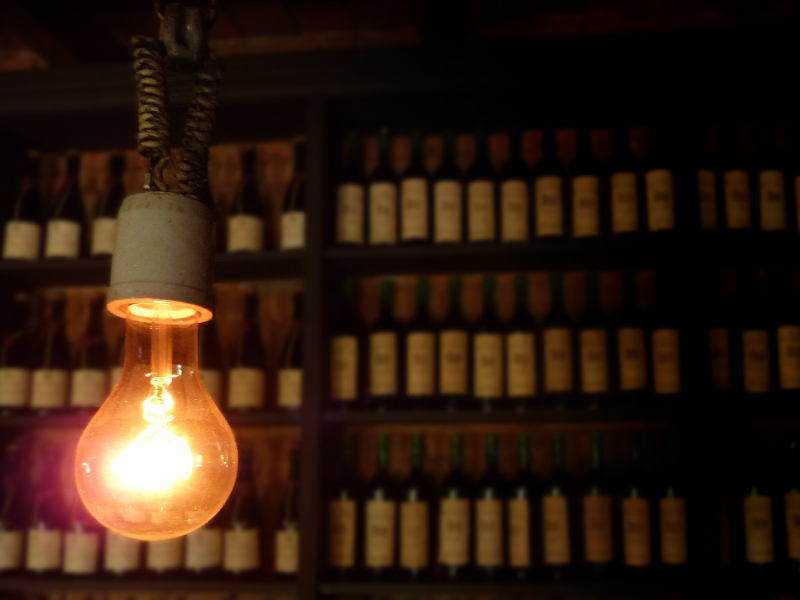
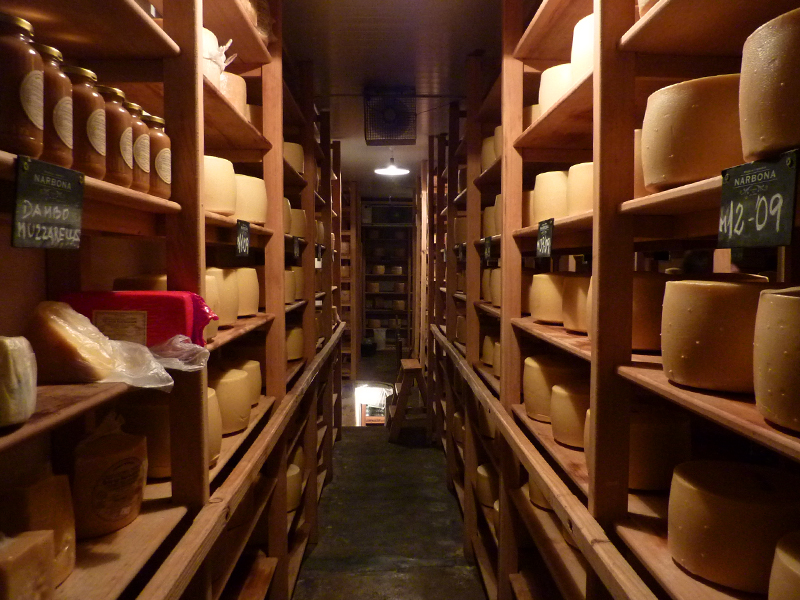
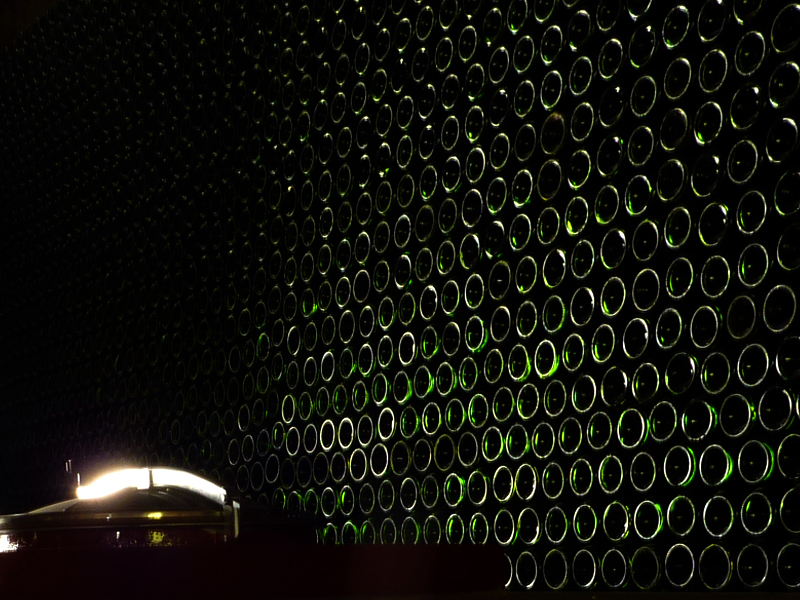


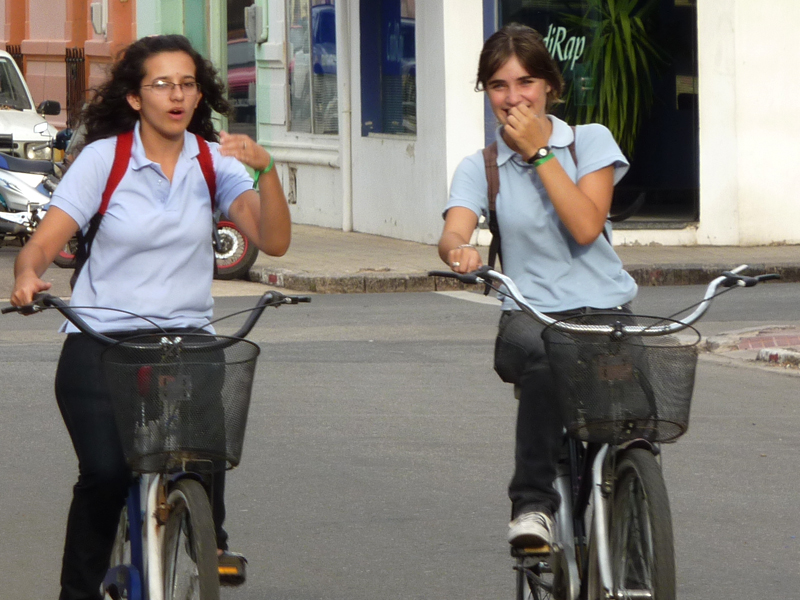


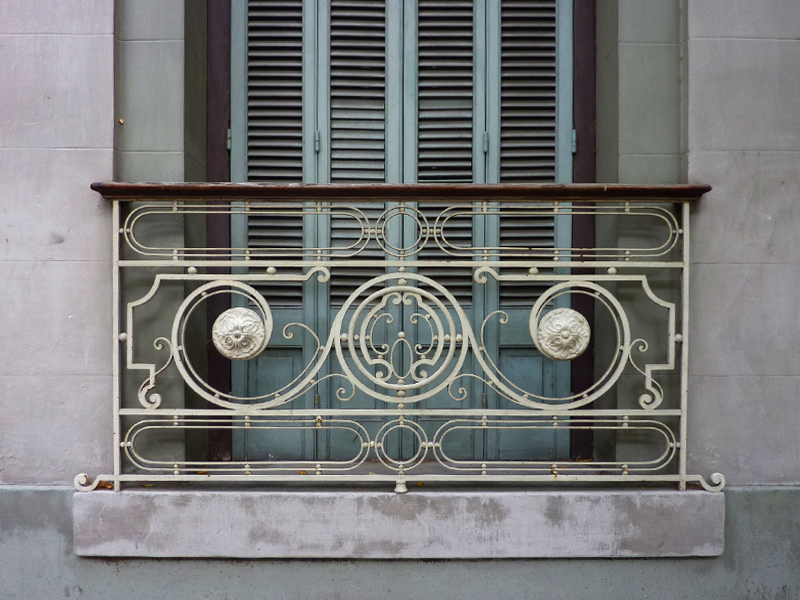
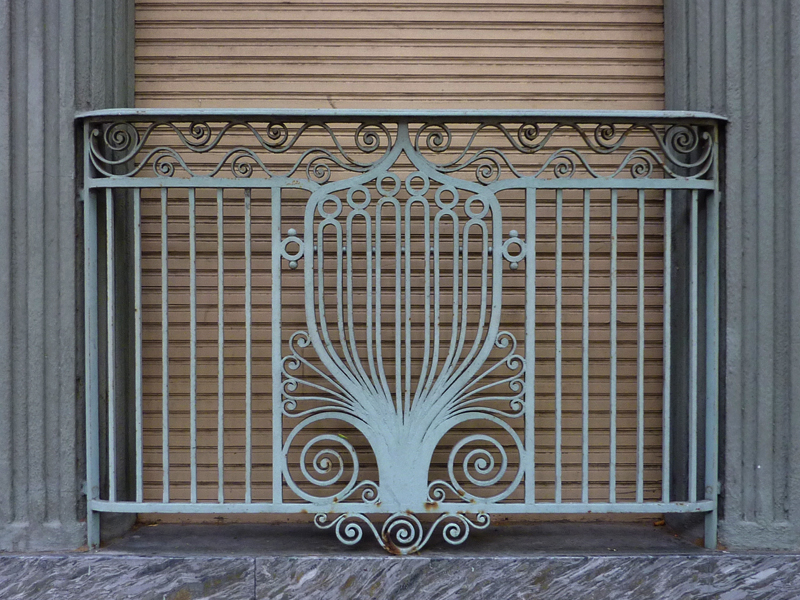
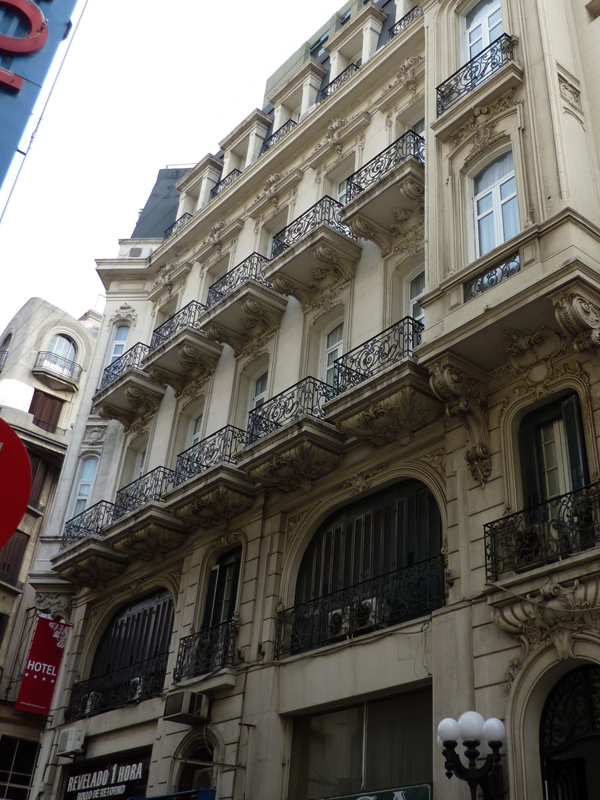
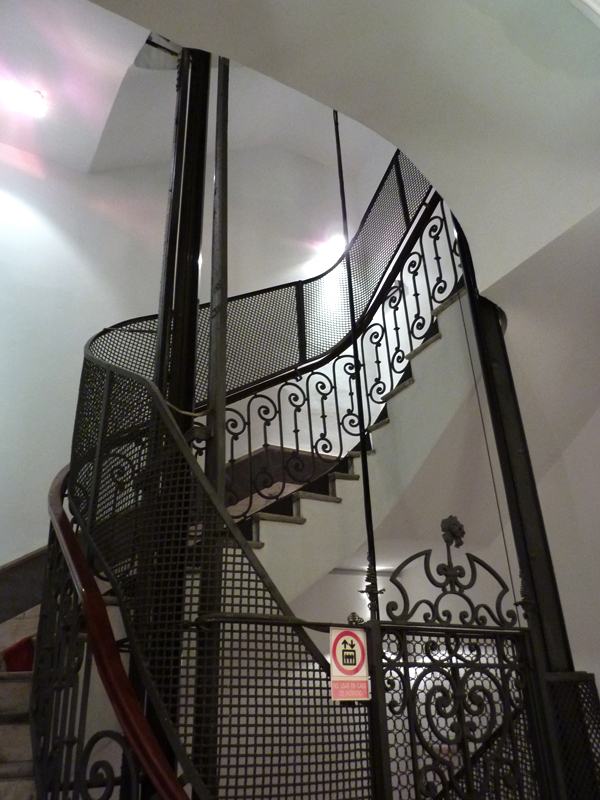
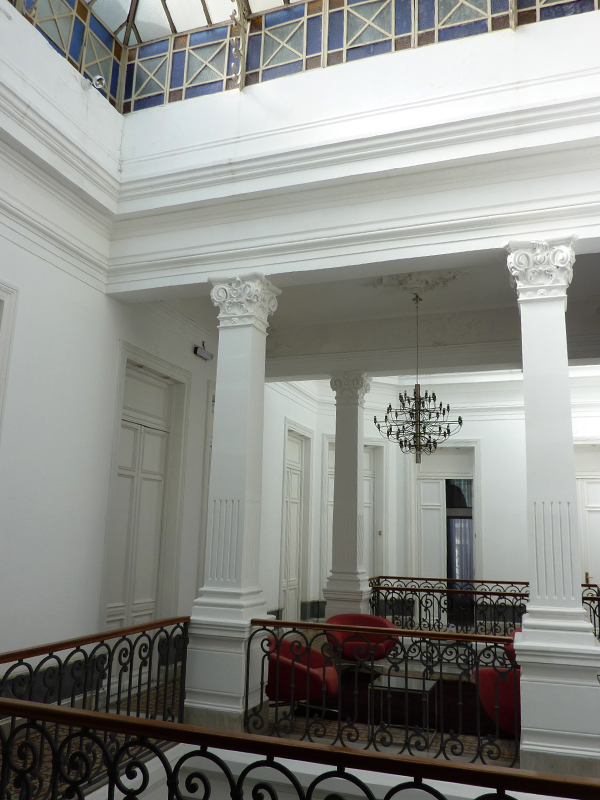

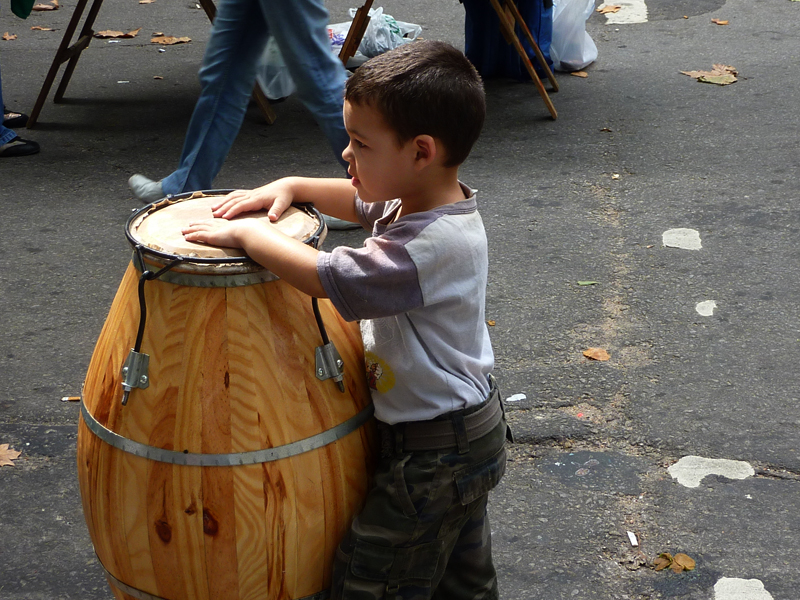
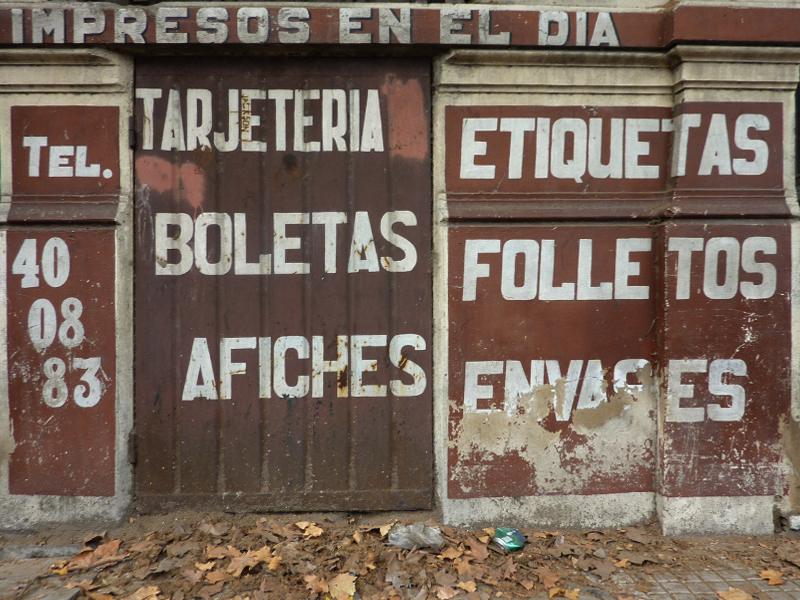
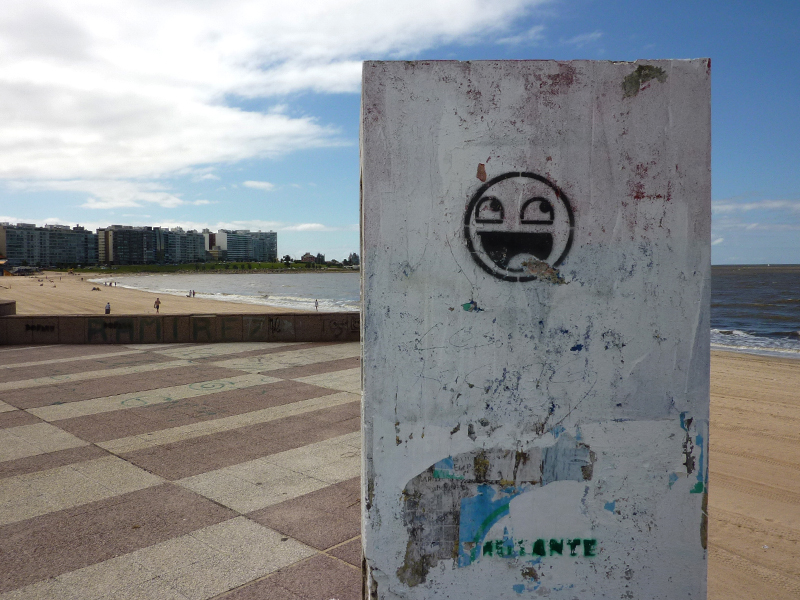
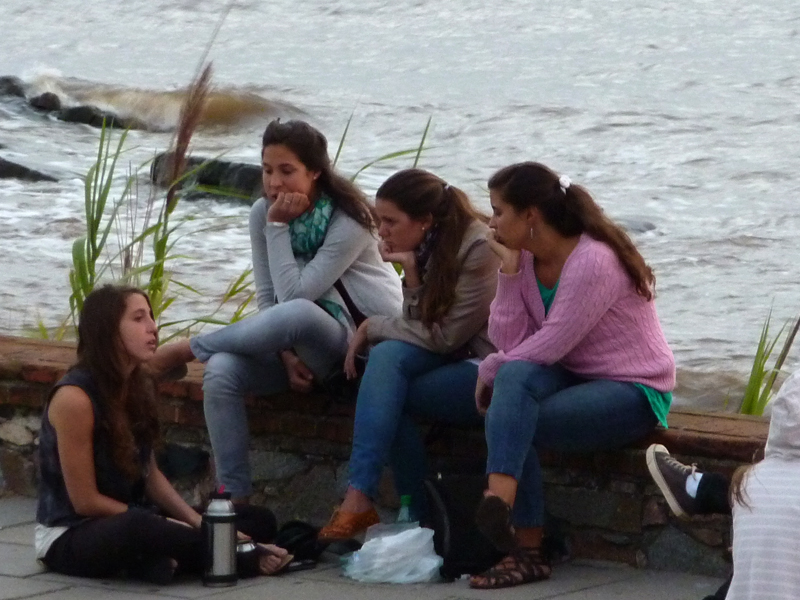


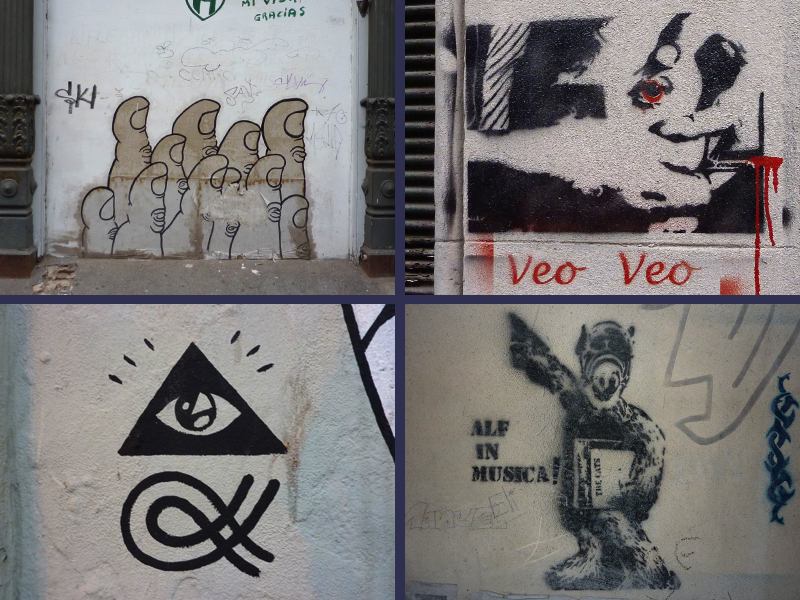
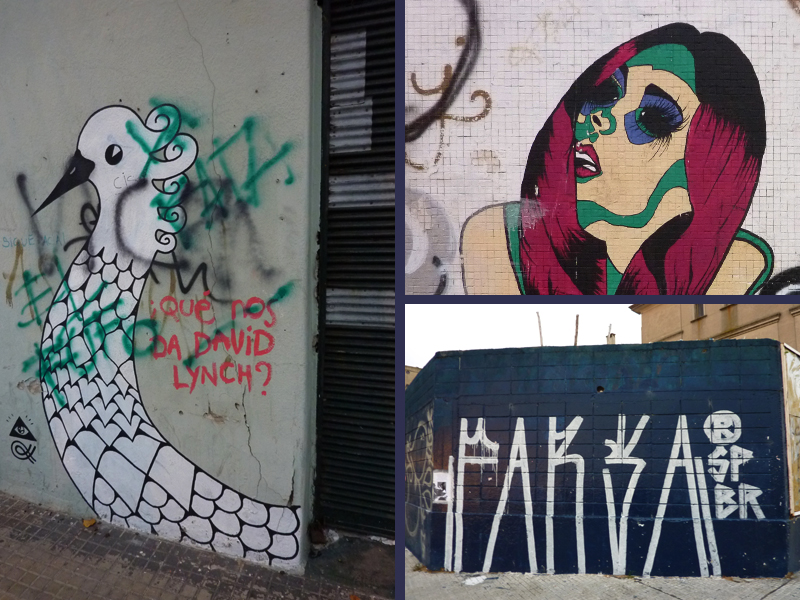
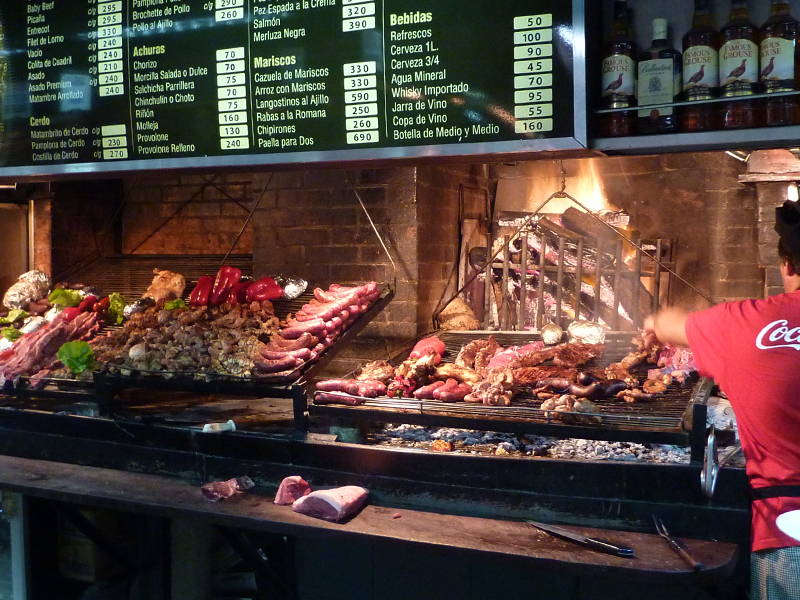

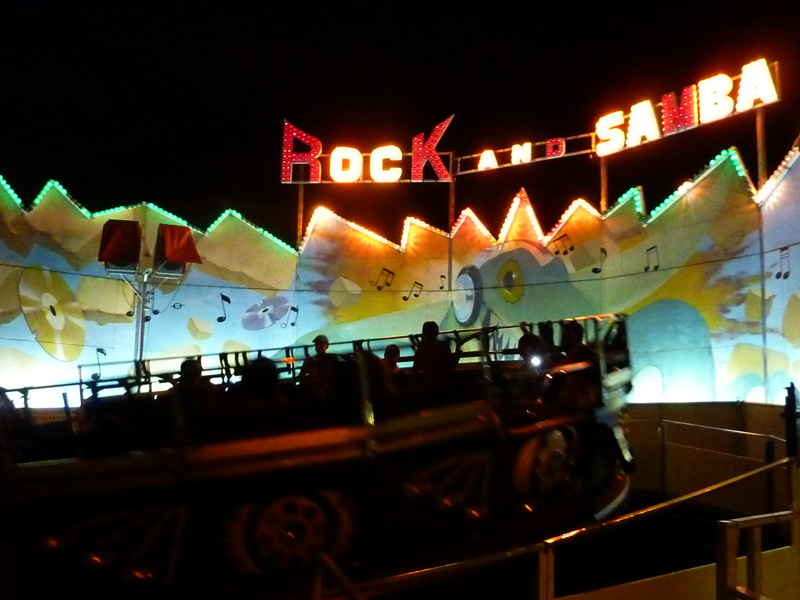
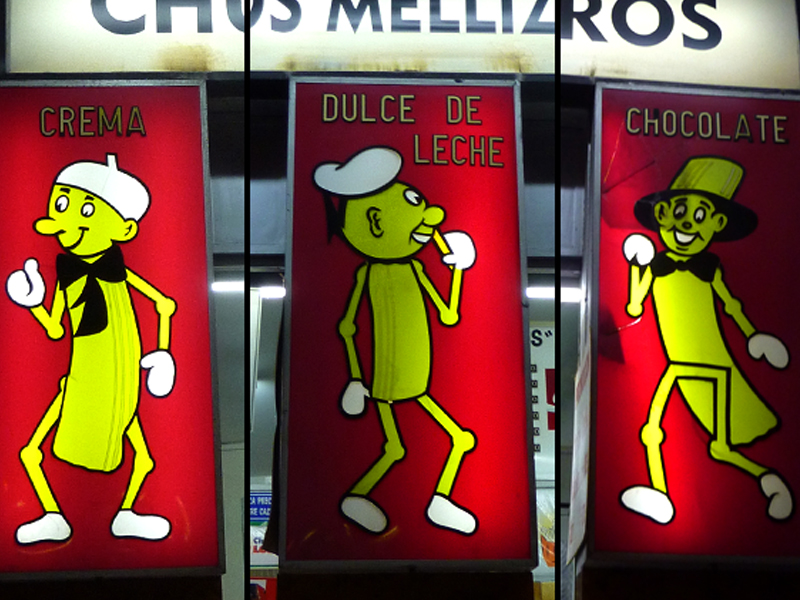
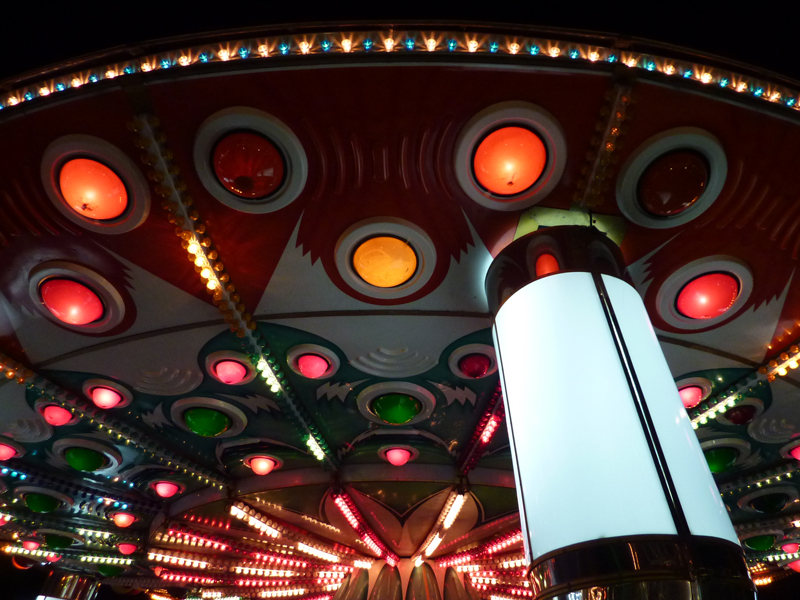
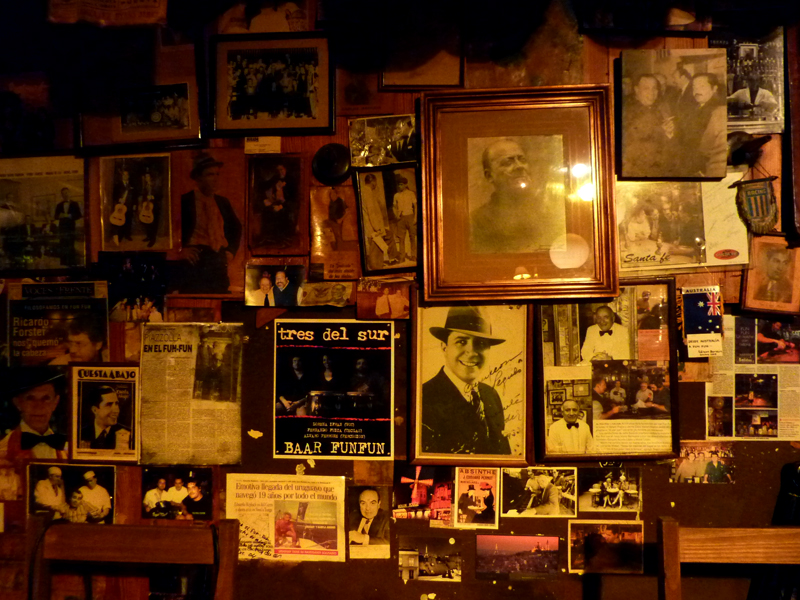
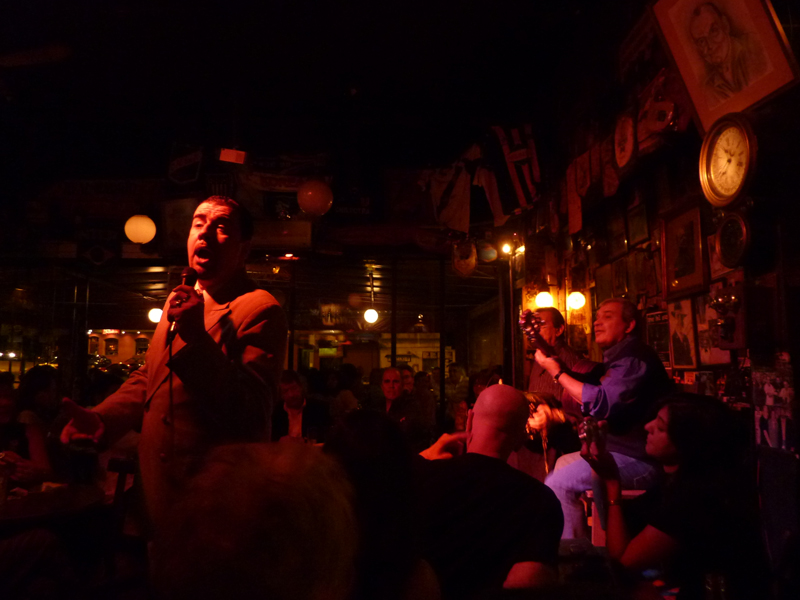
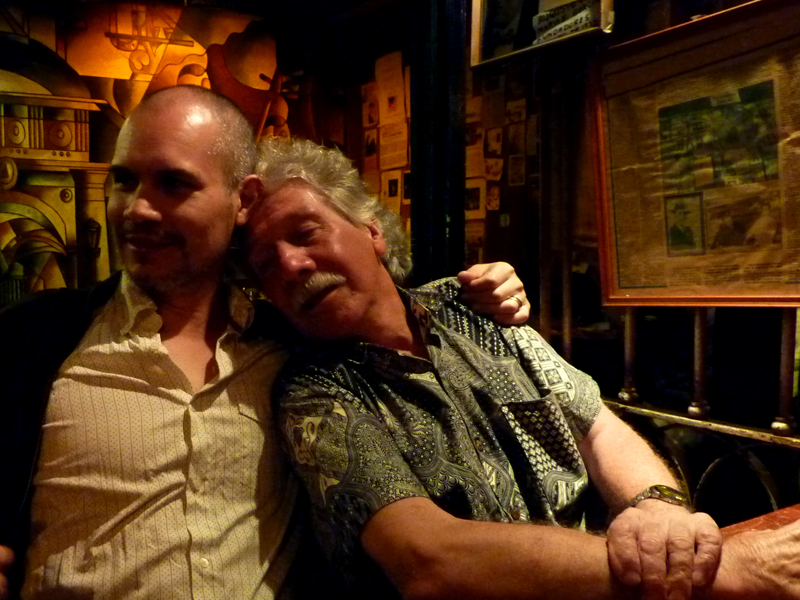
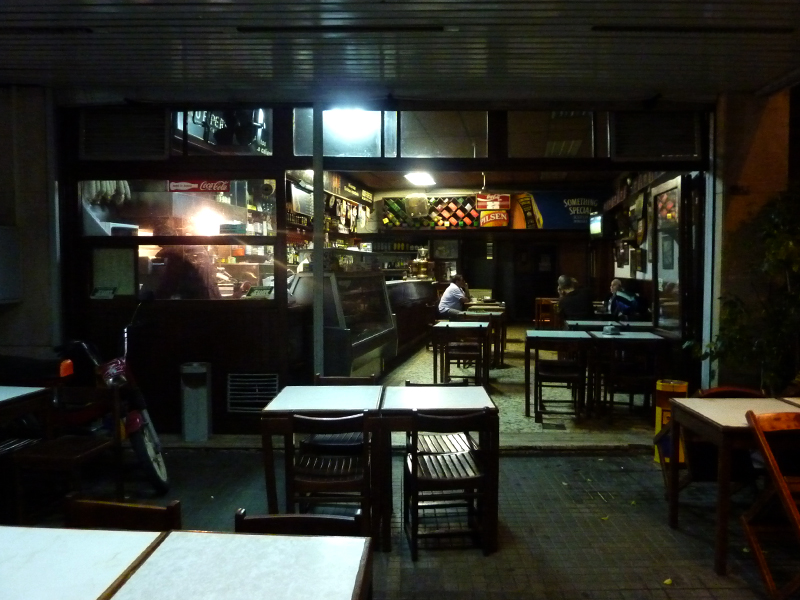
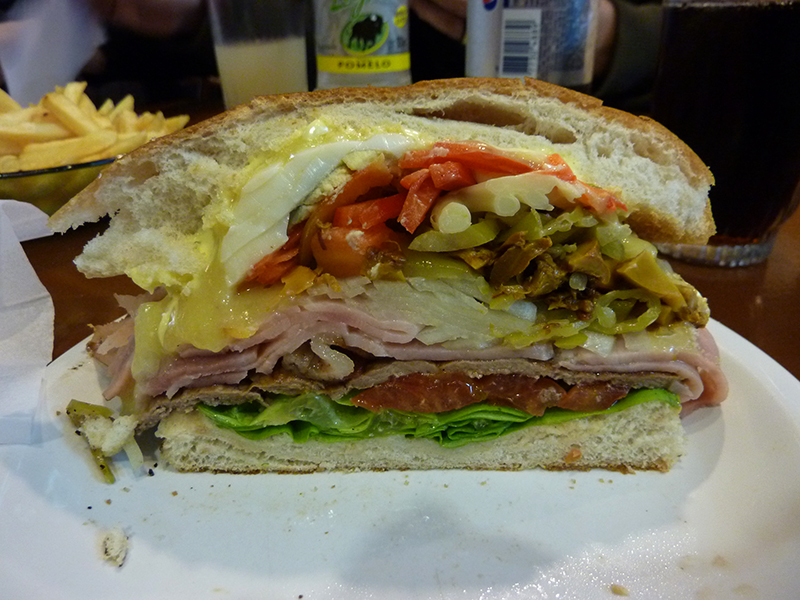
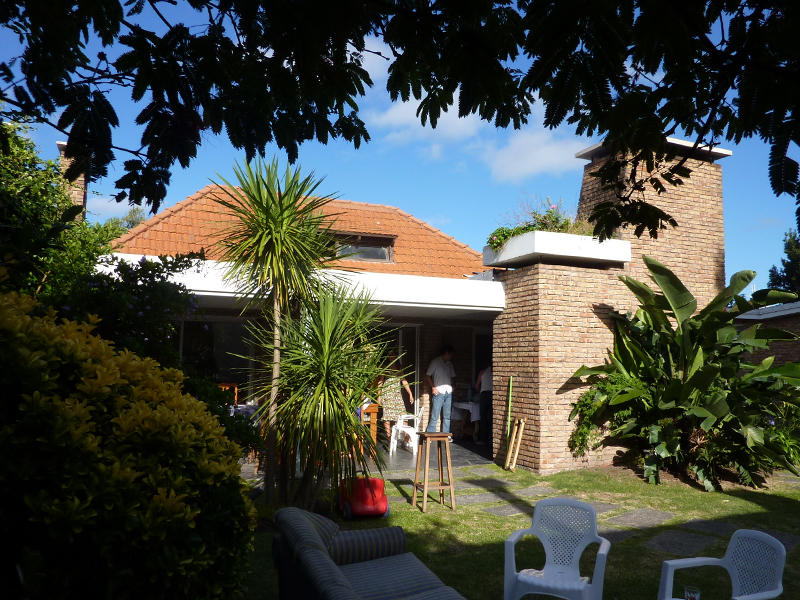

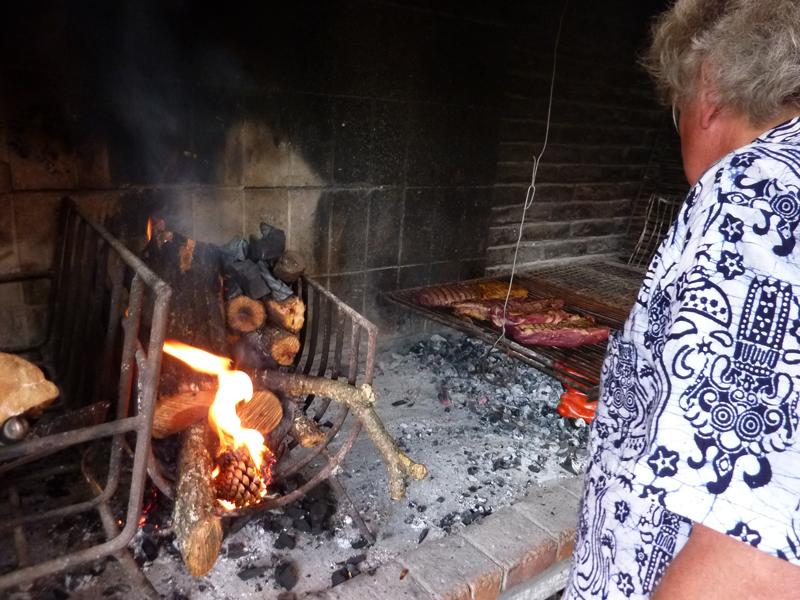
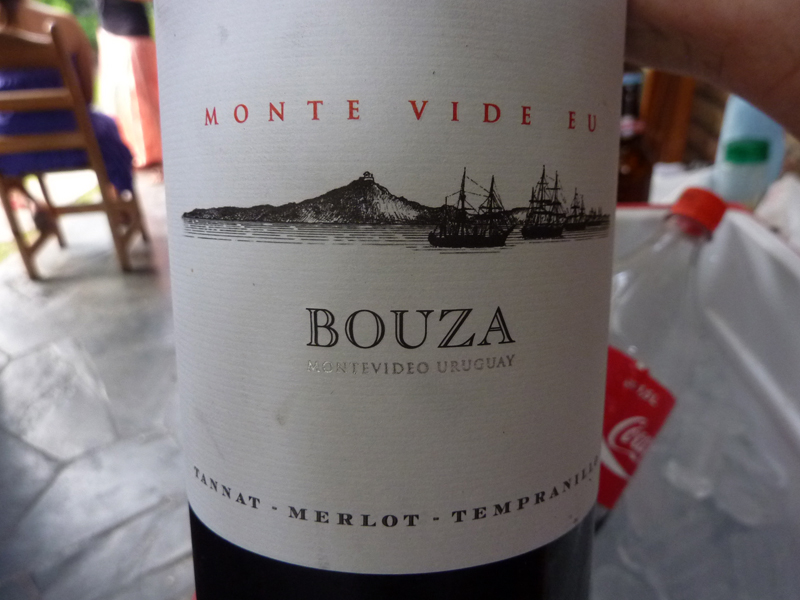
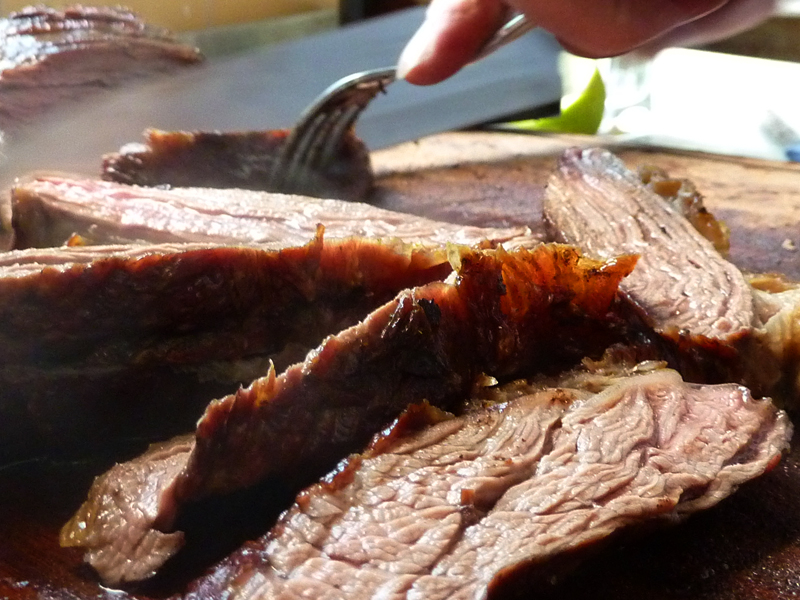
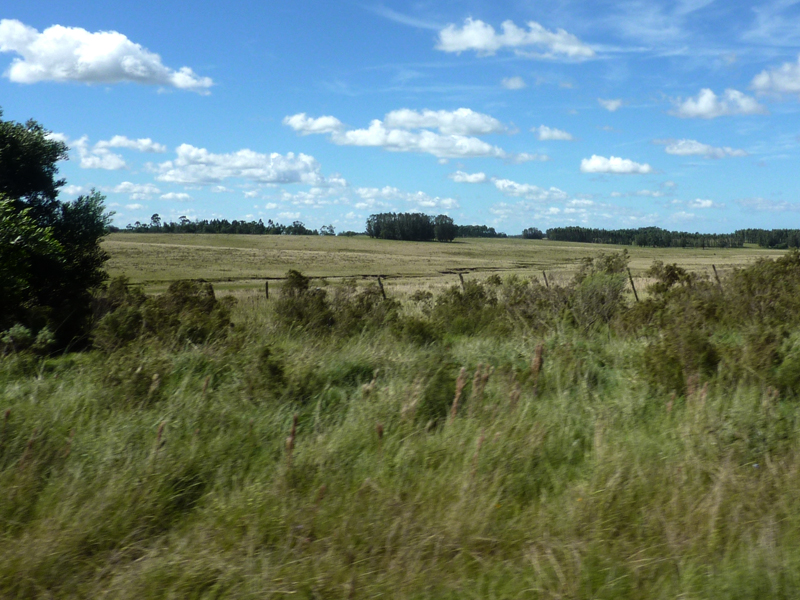
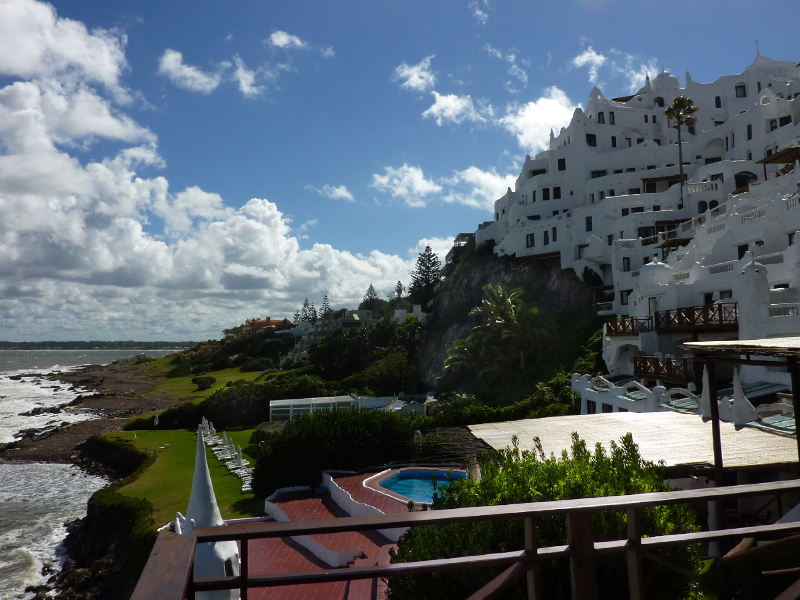
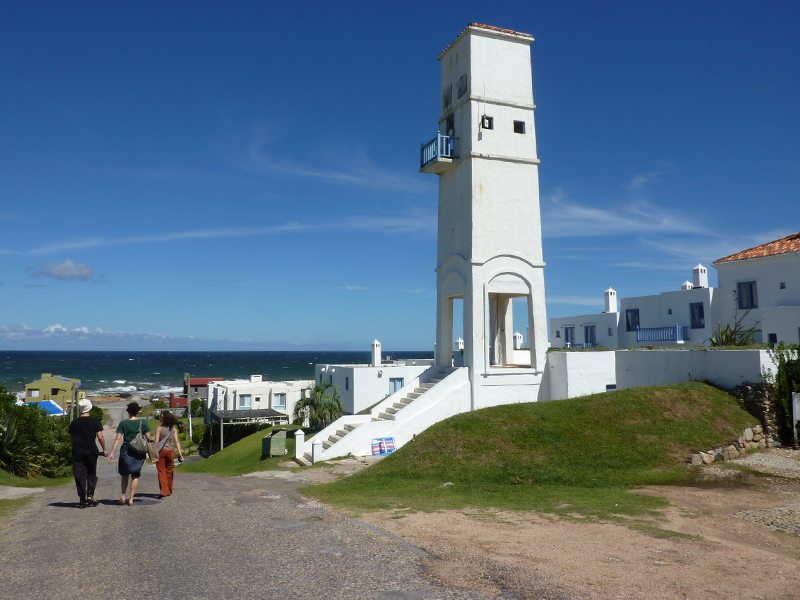
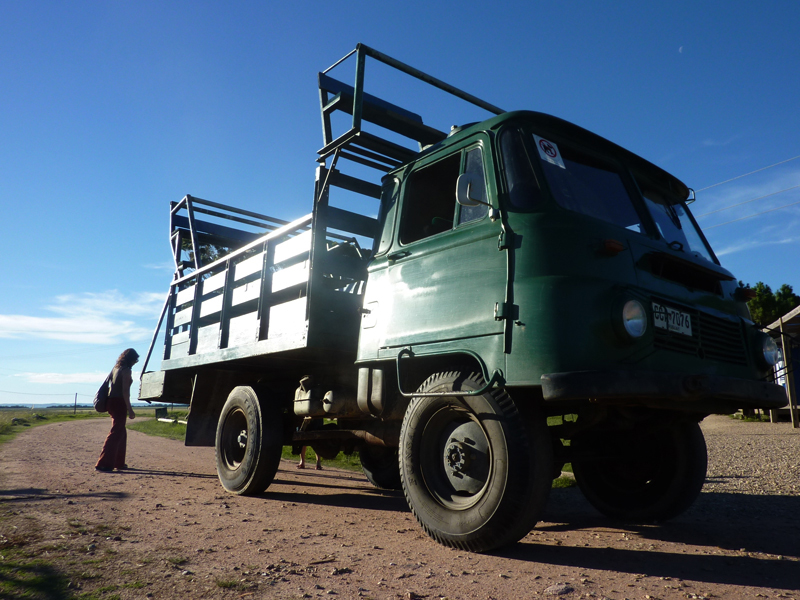
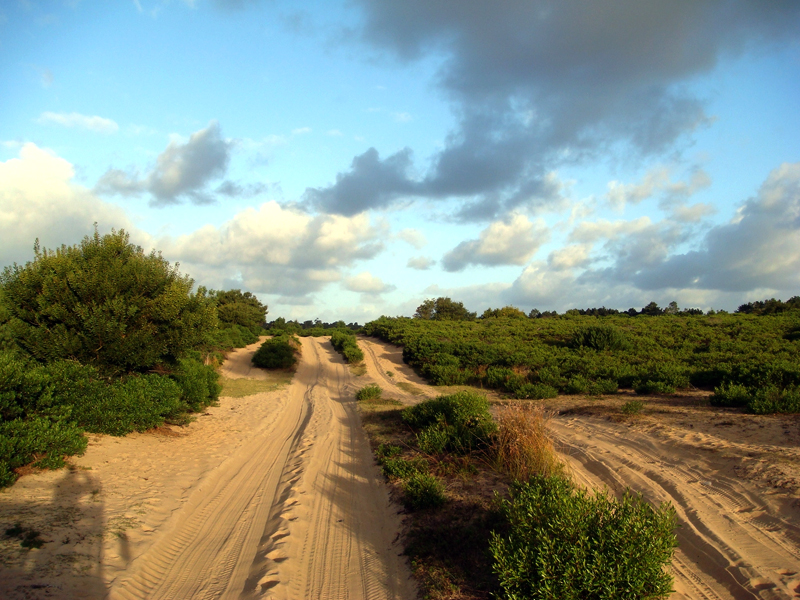
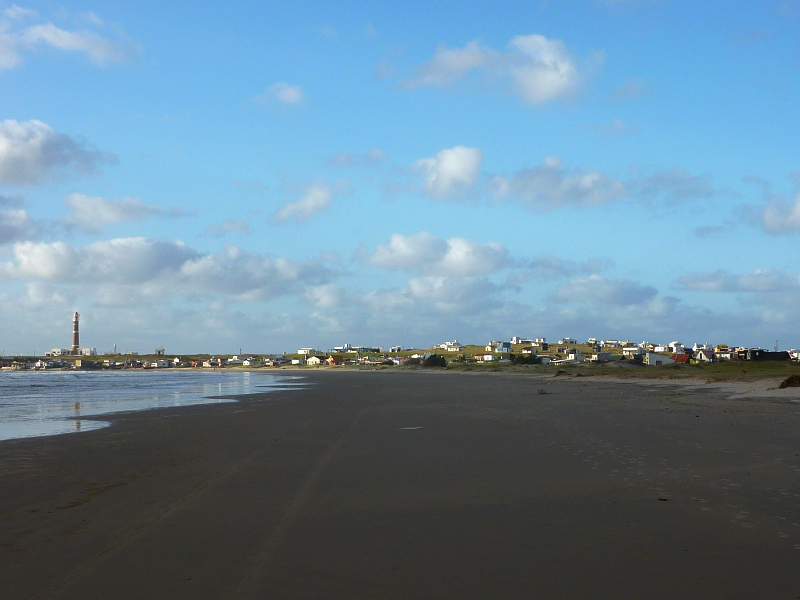
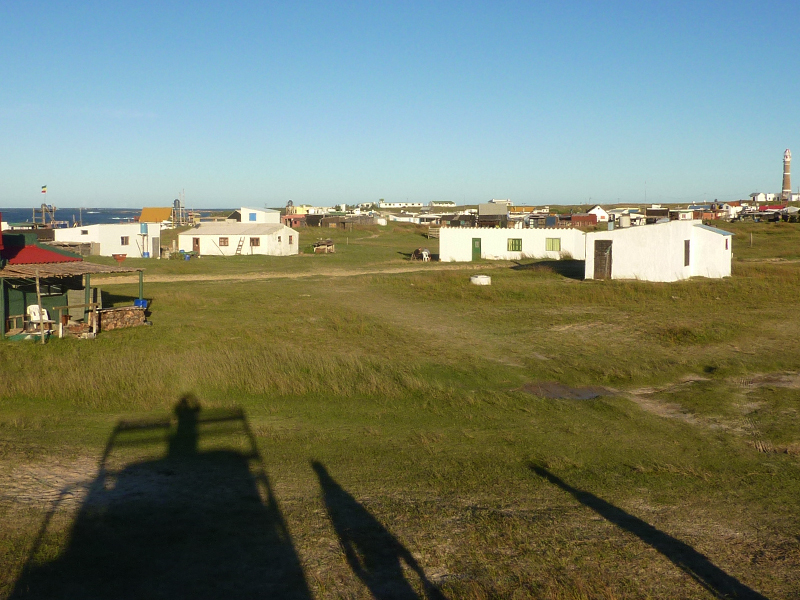
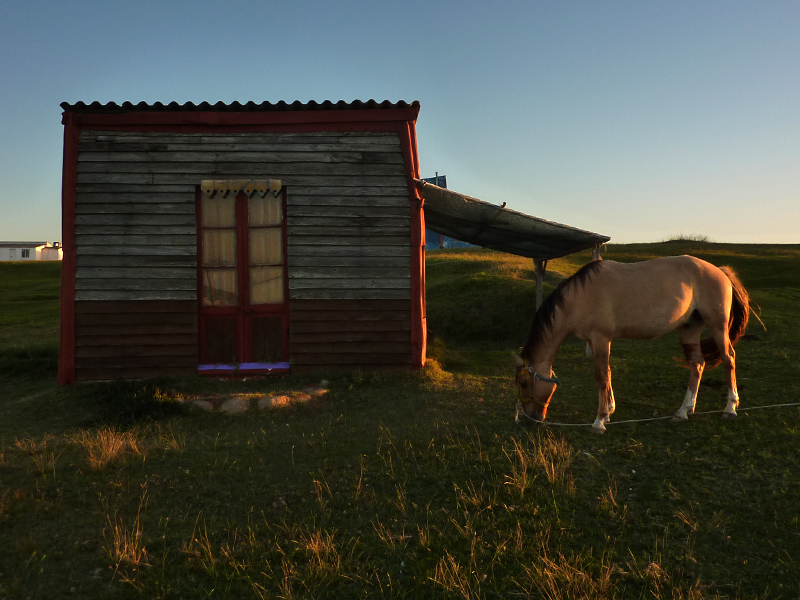
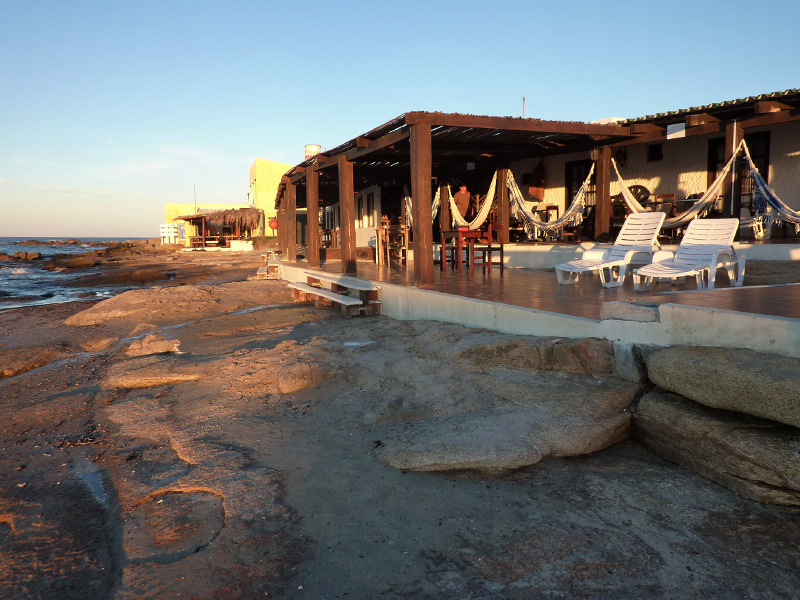
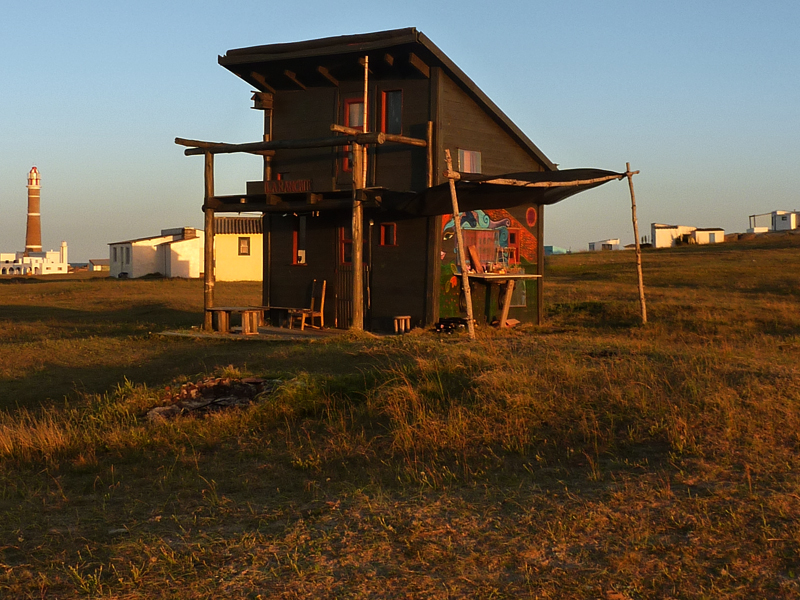
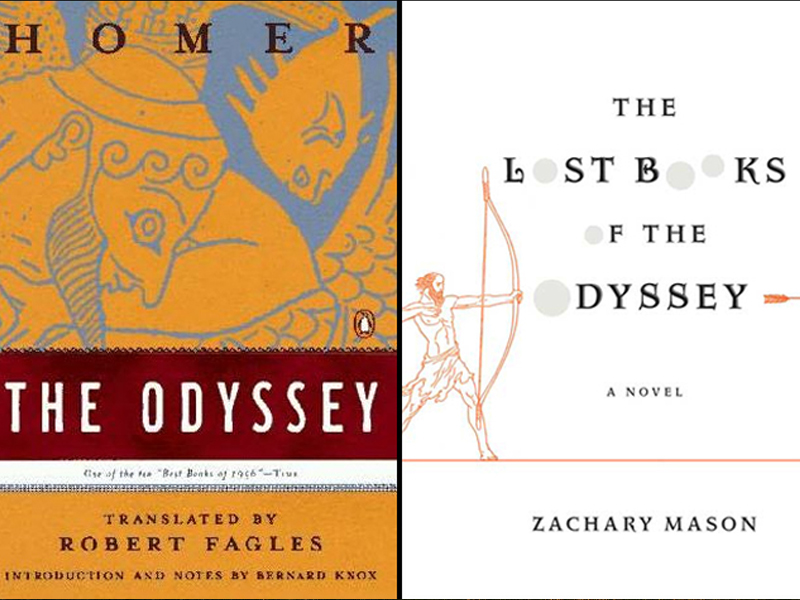
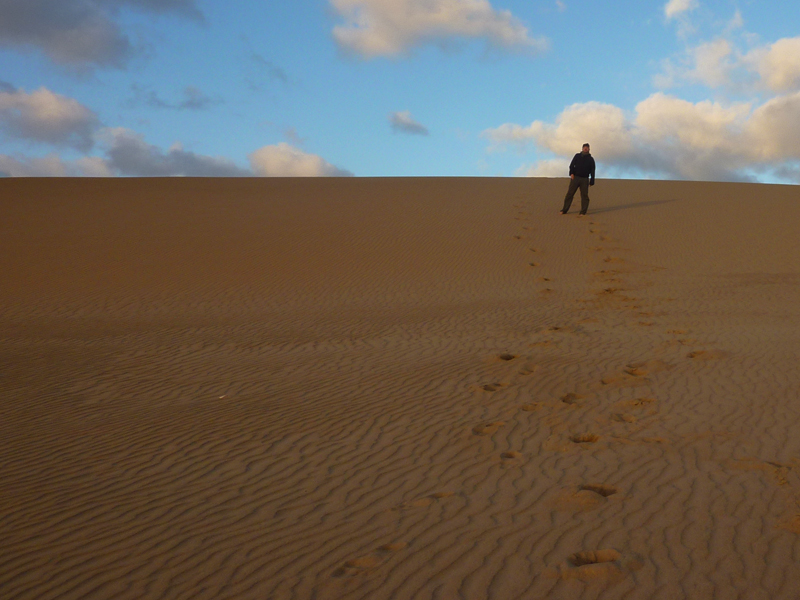

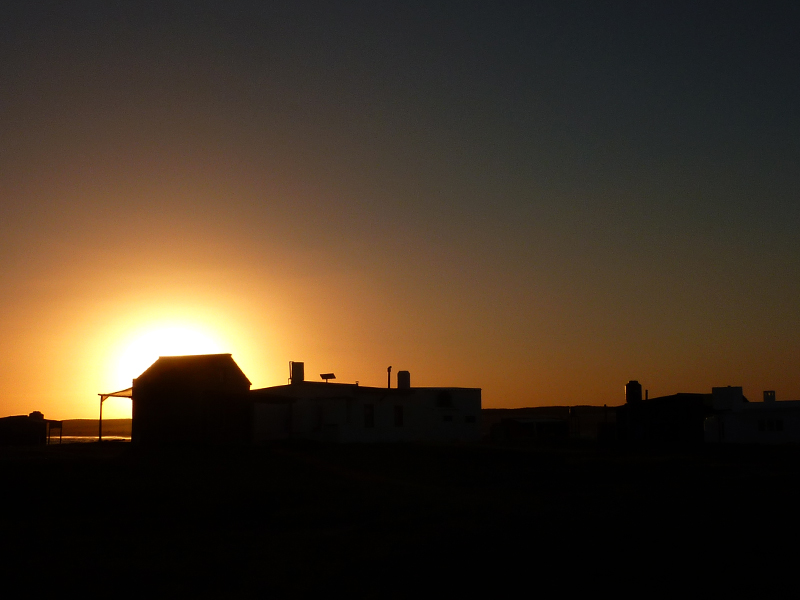
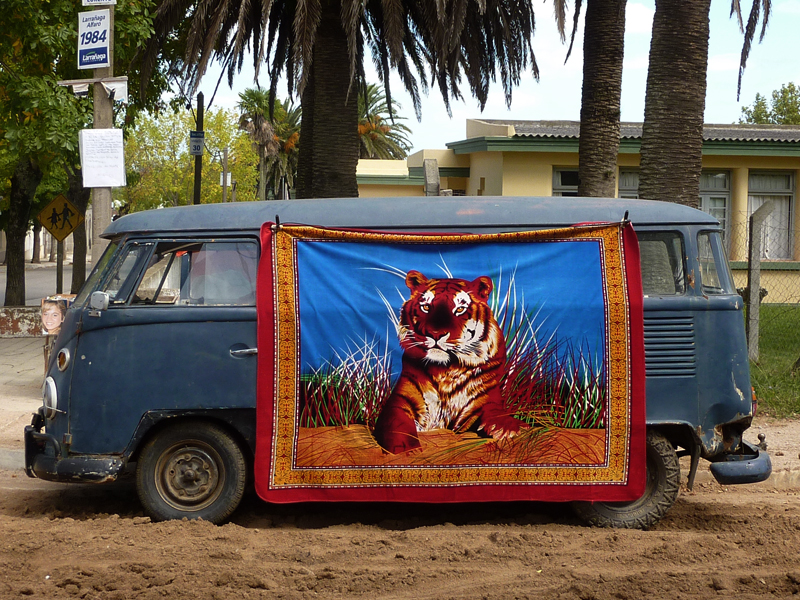
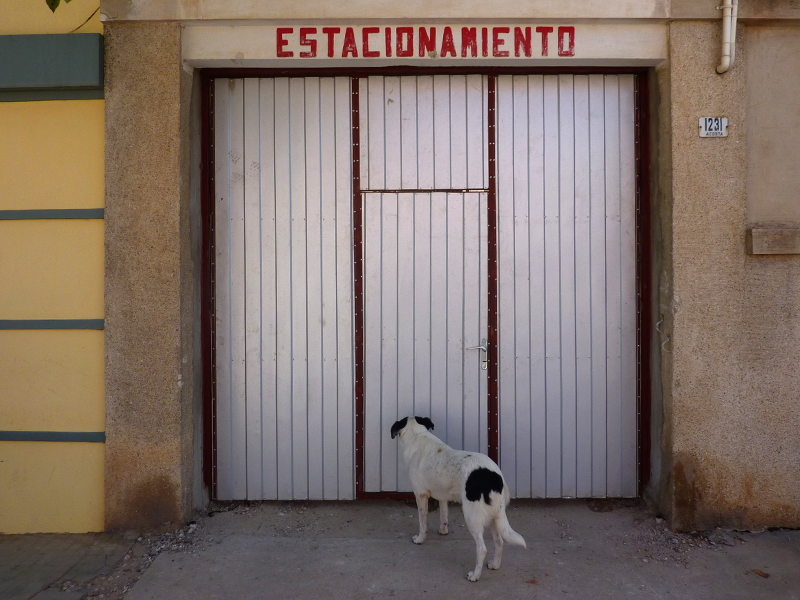
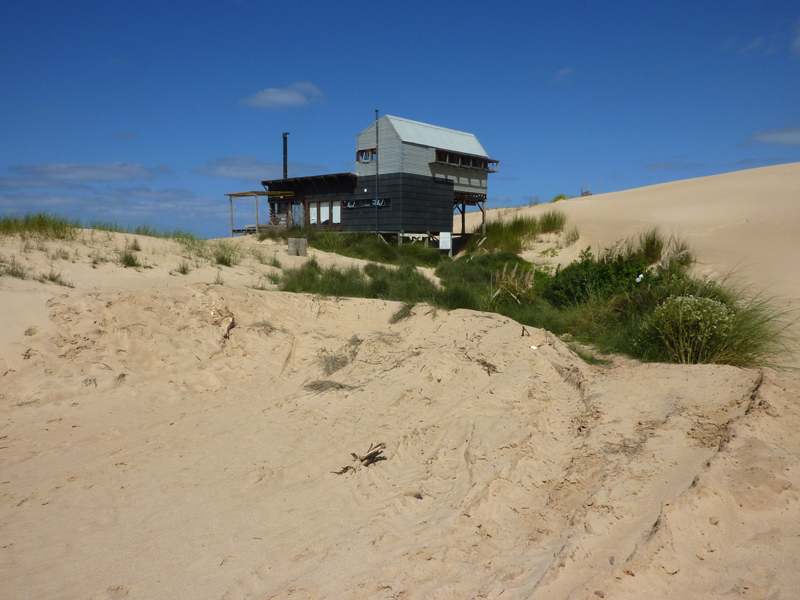
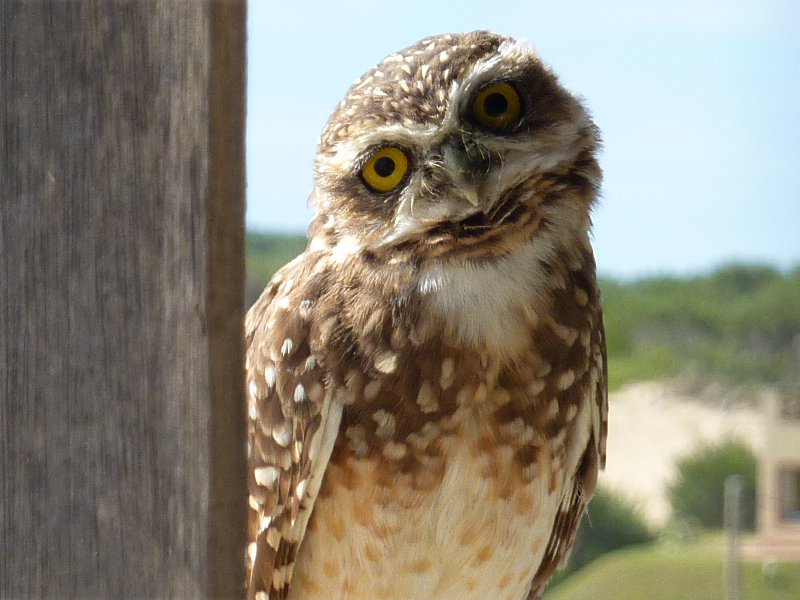
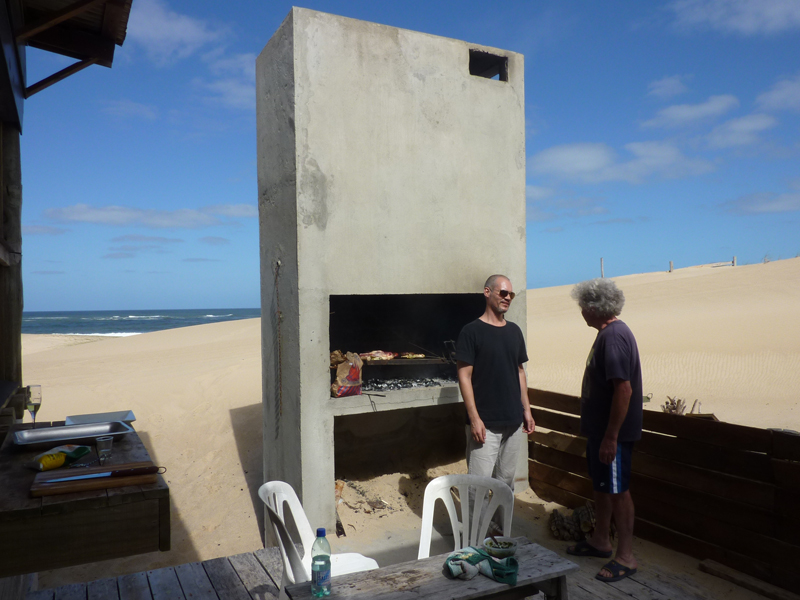

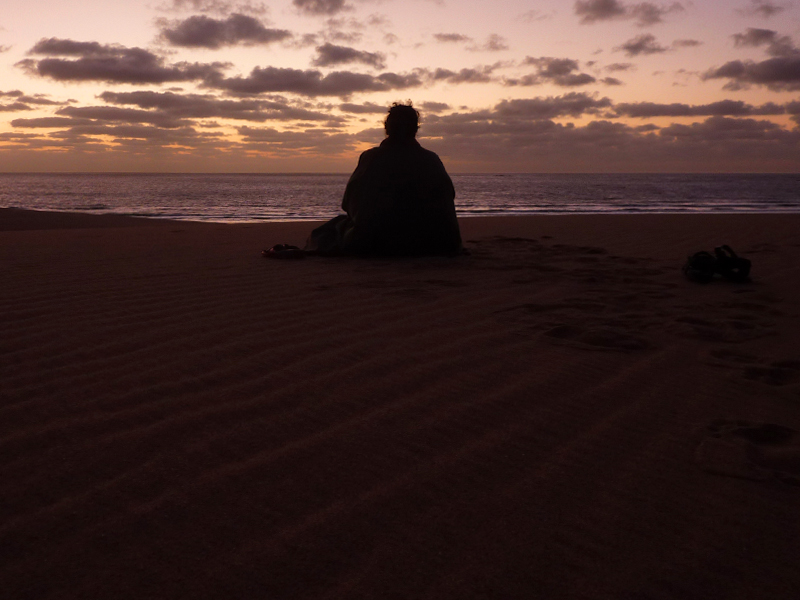
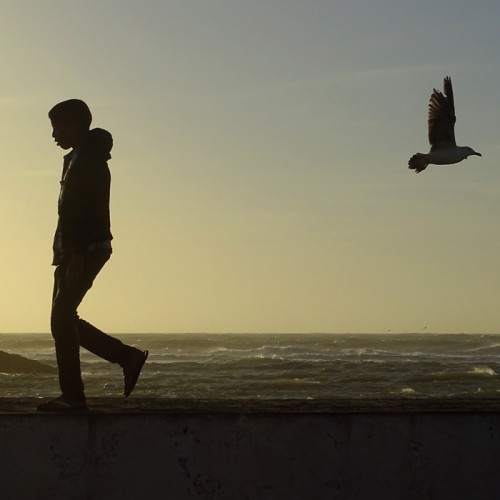
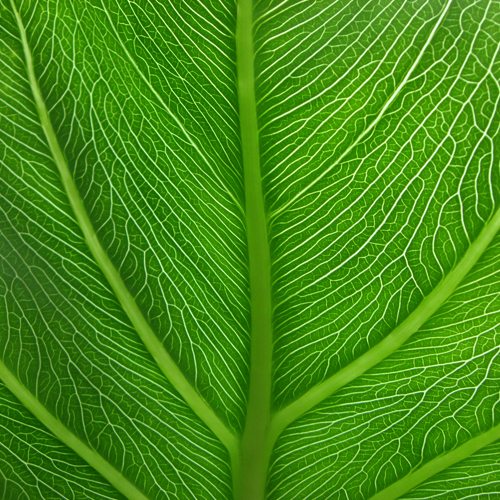

buenas fotos ,yo vivo en montevideo